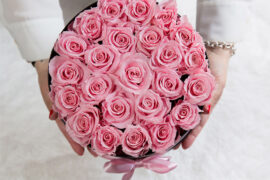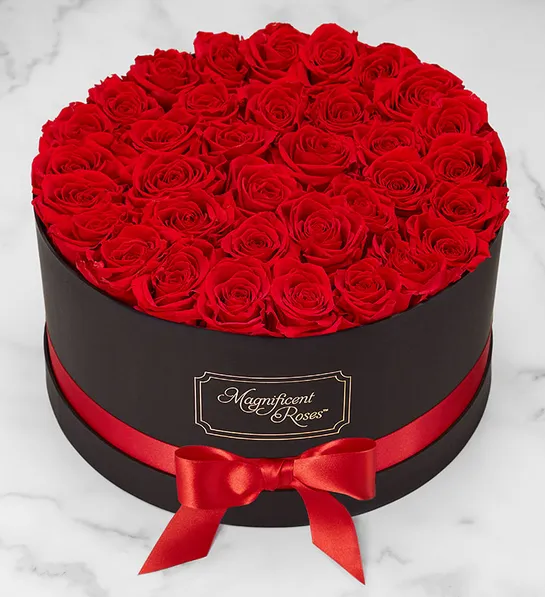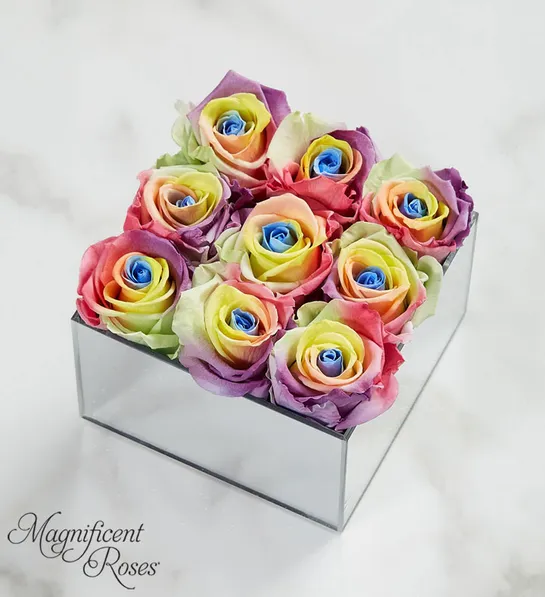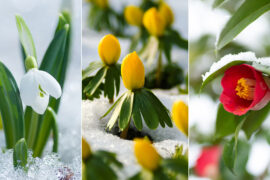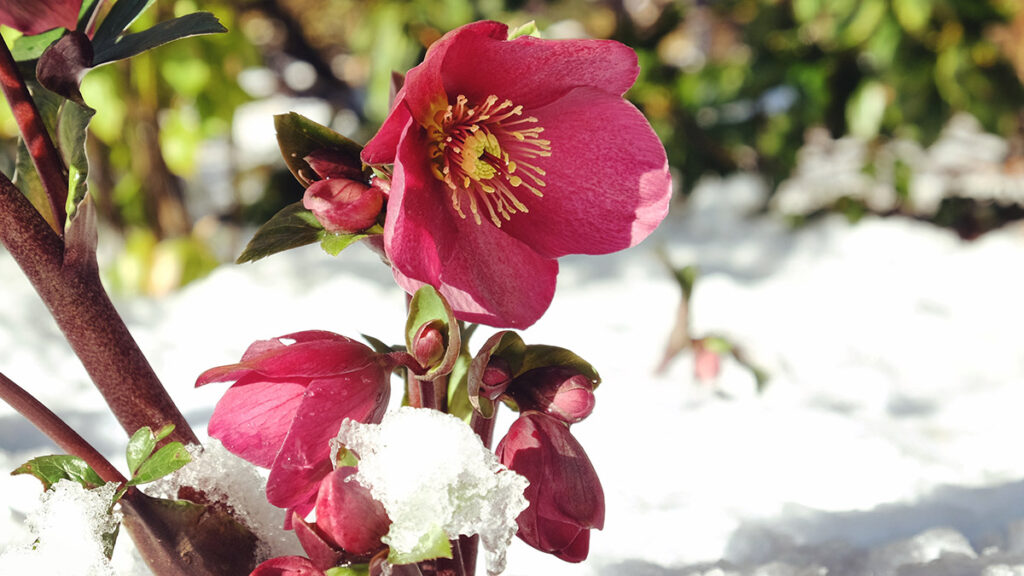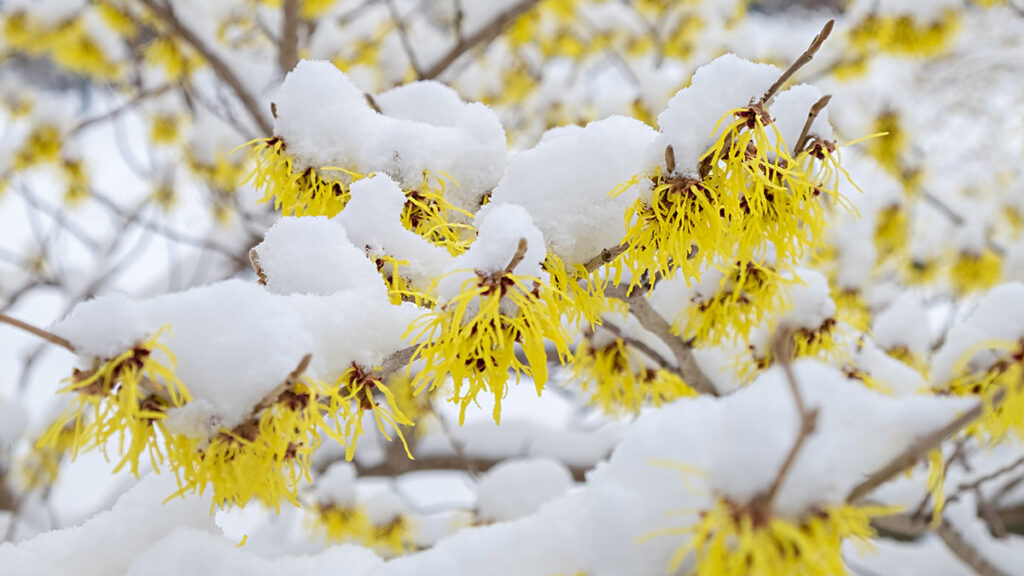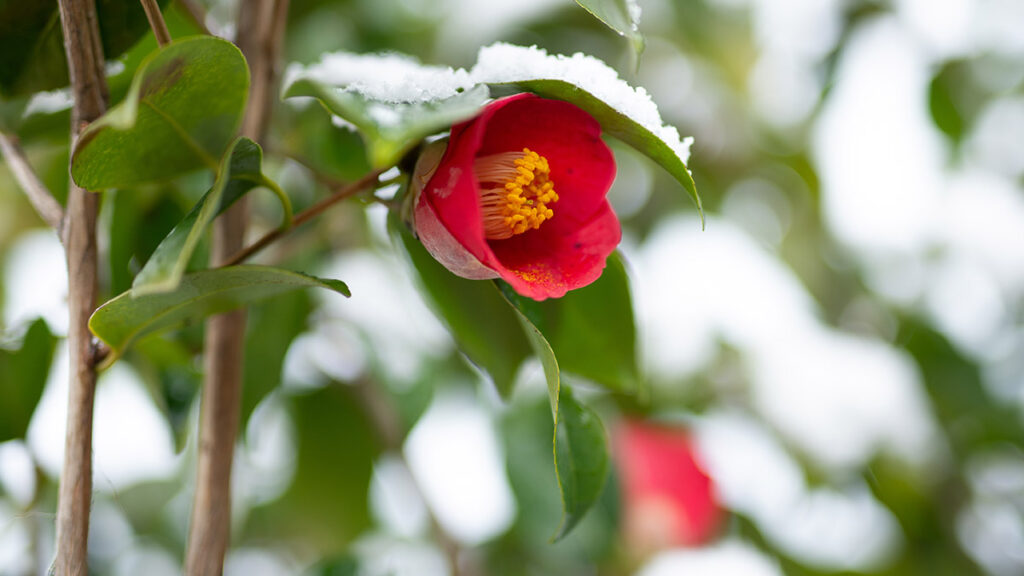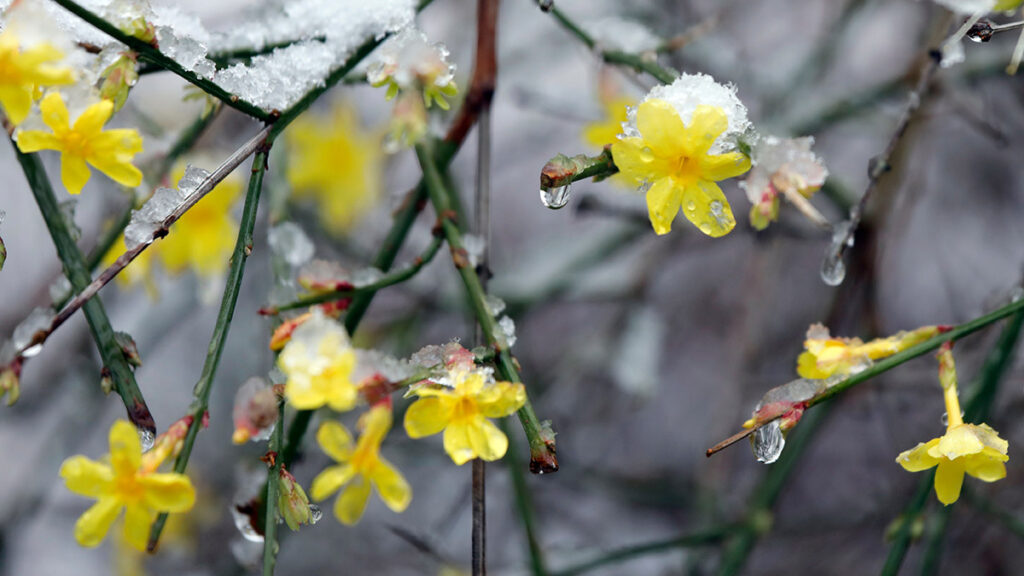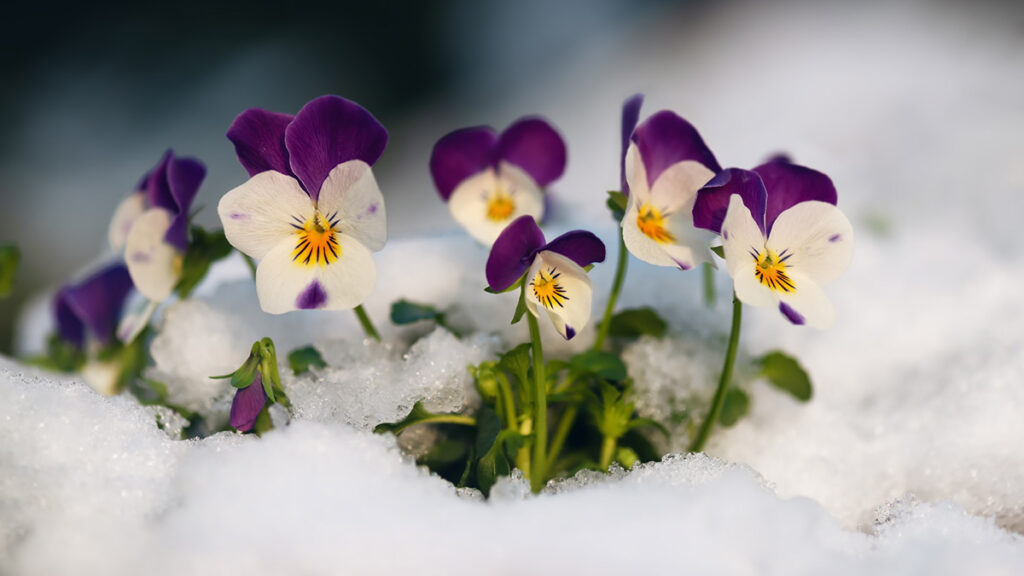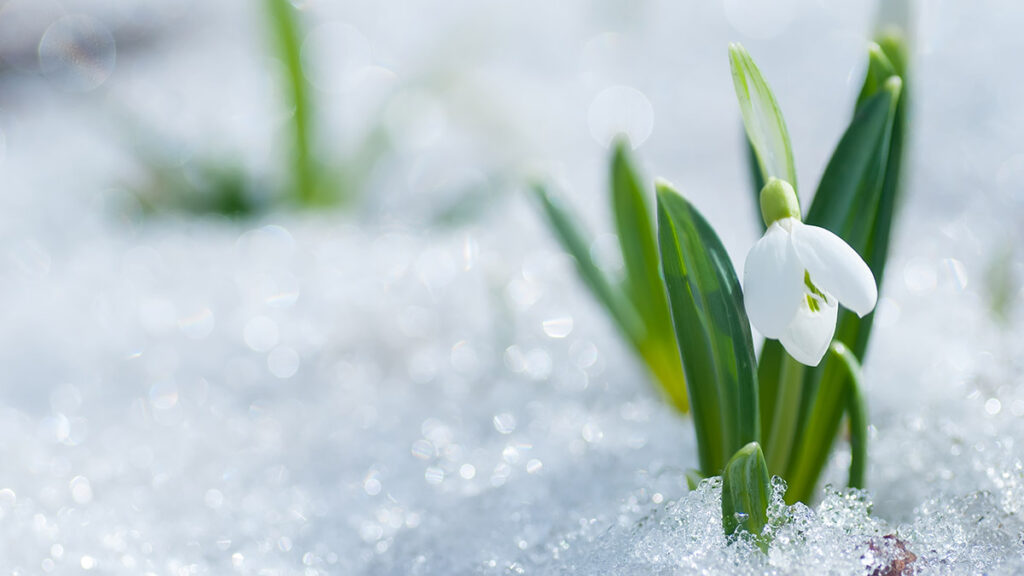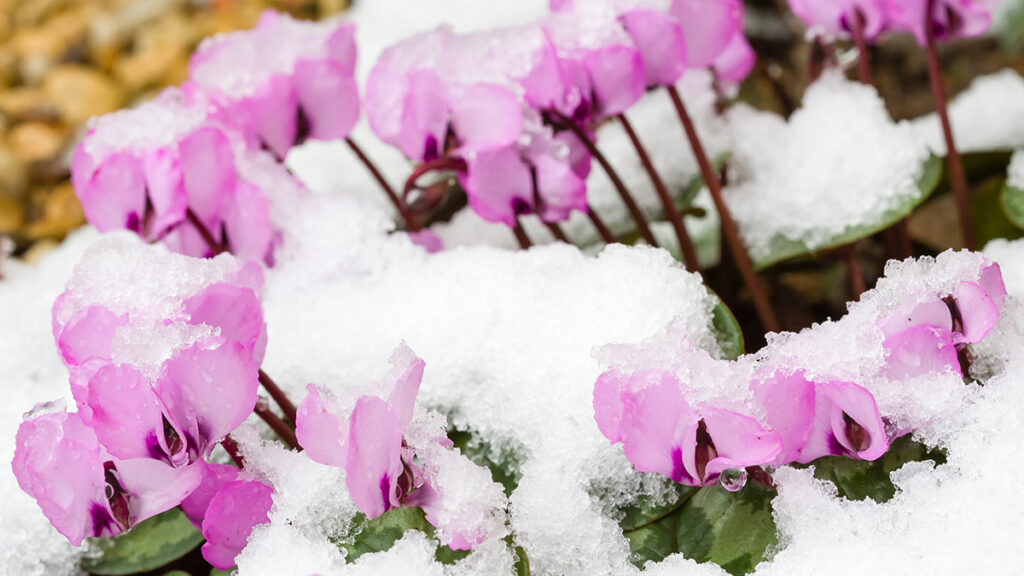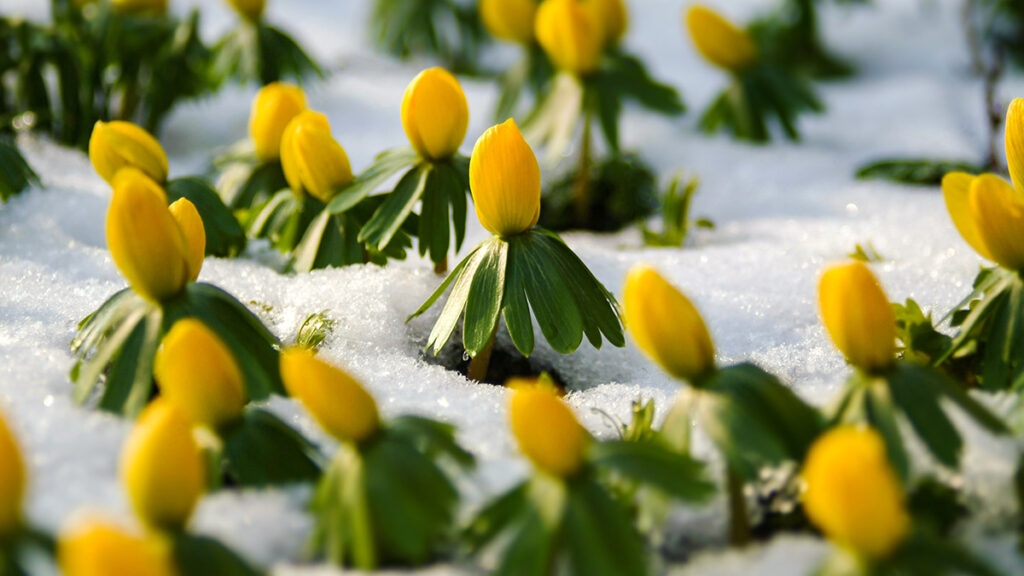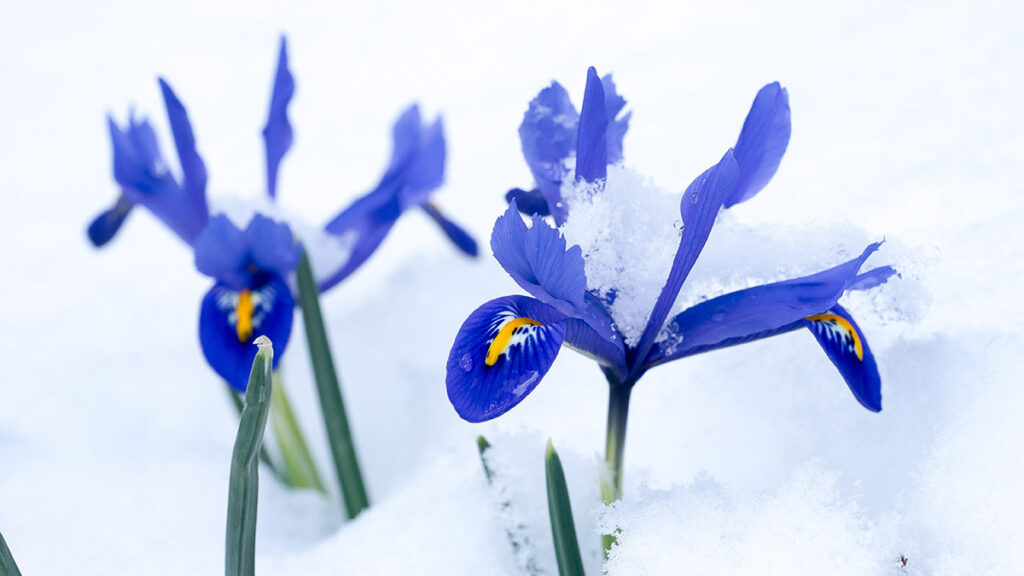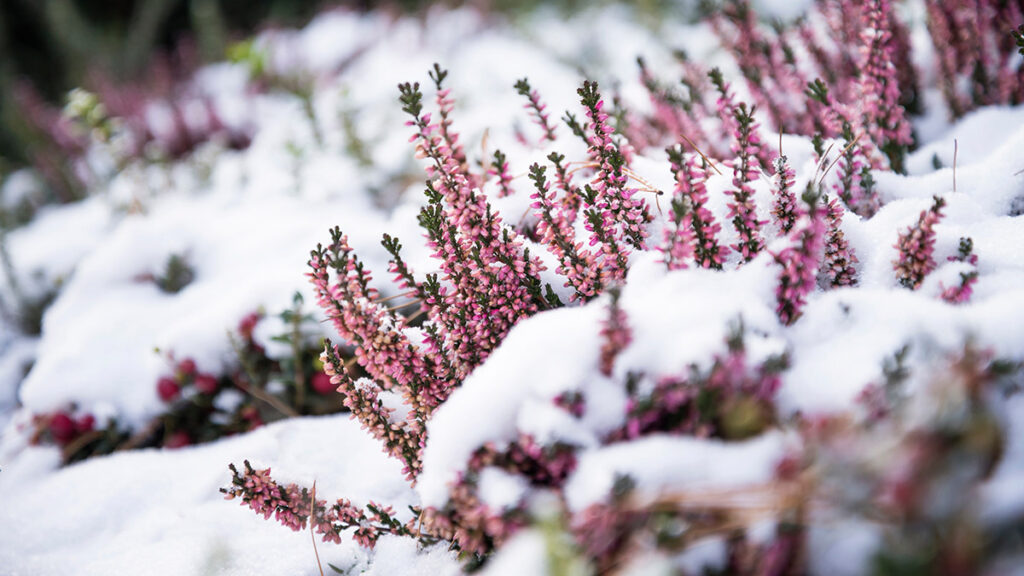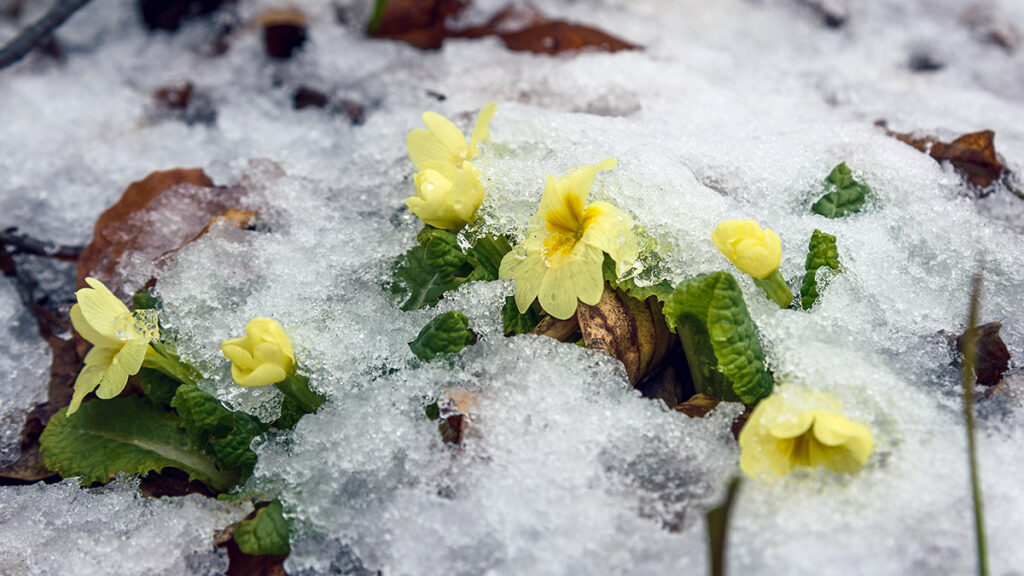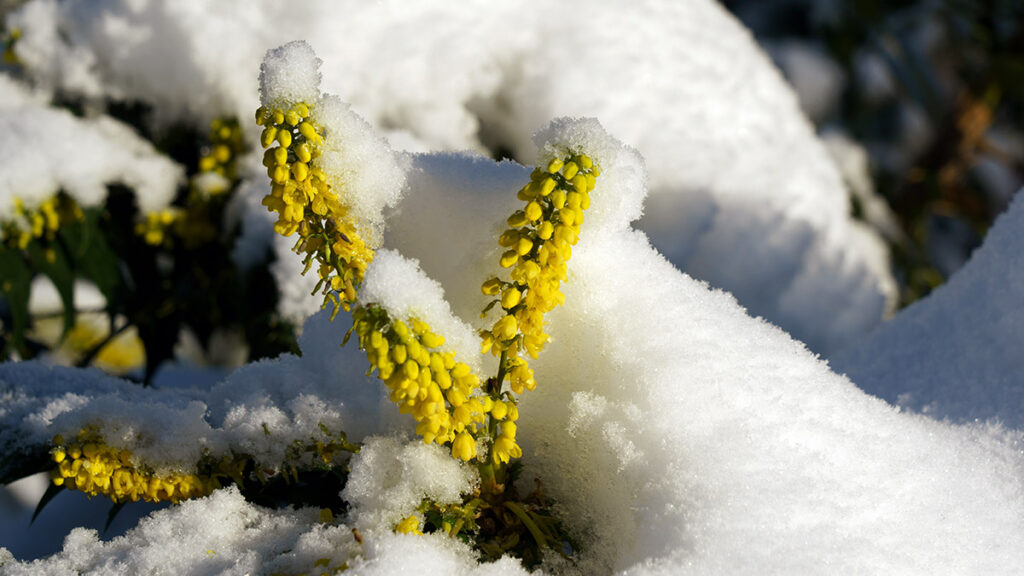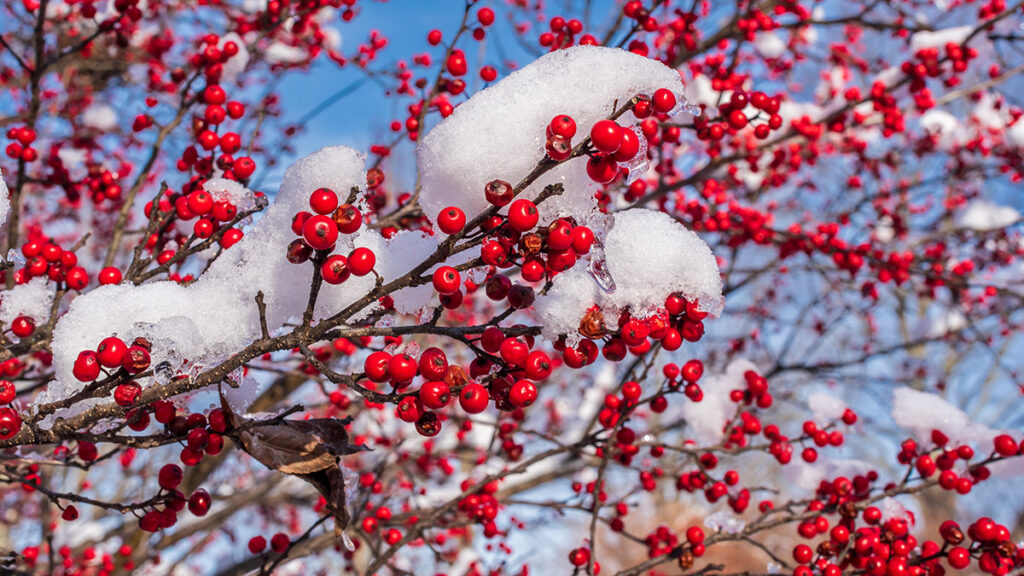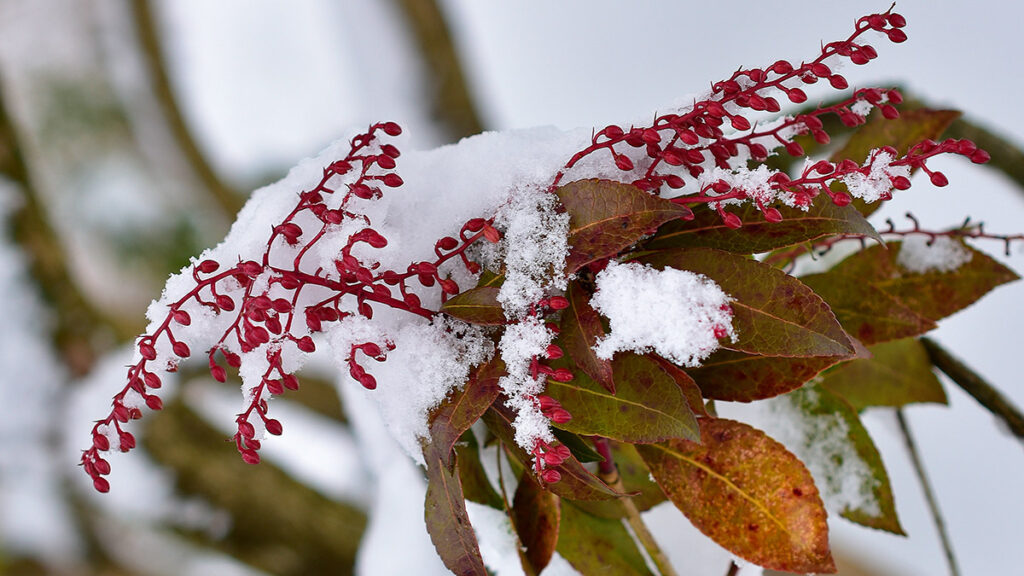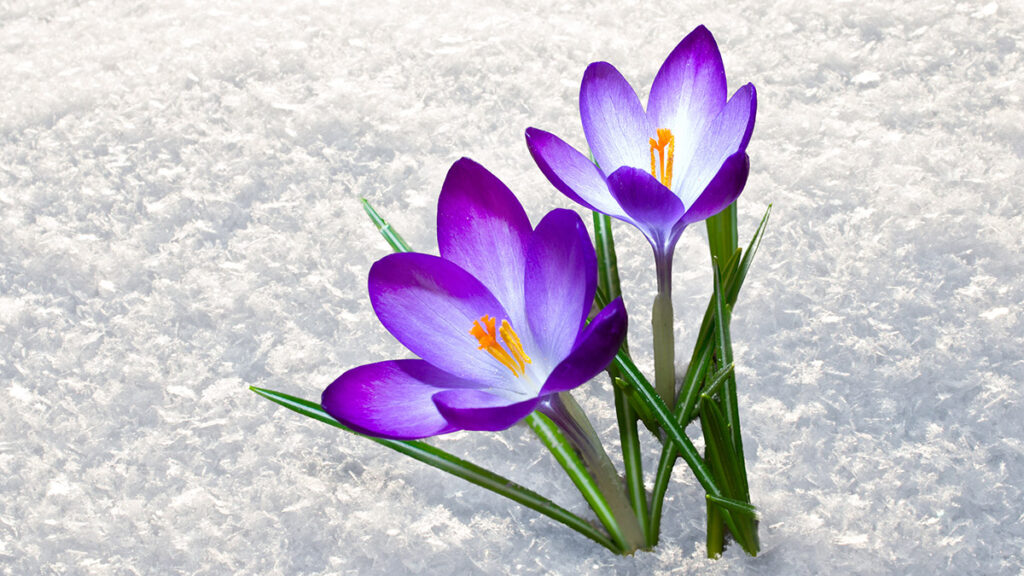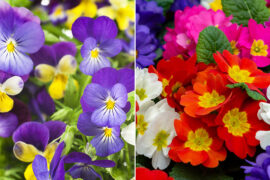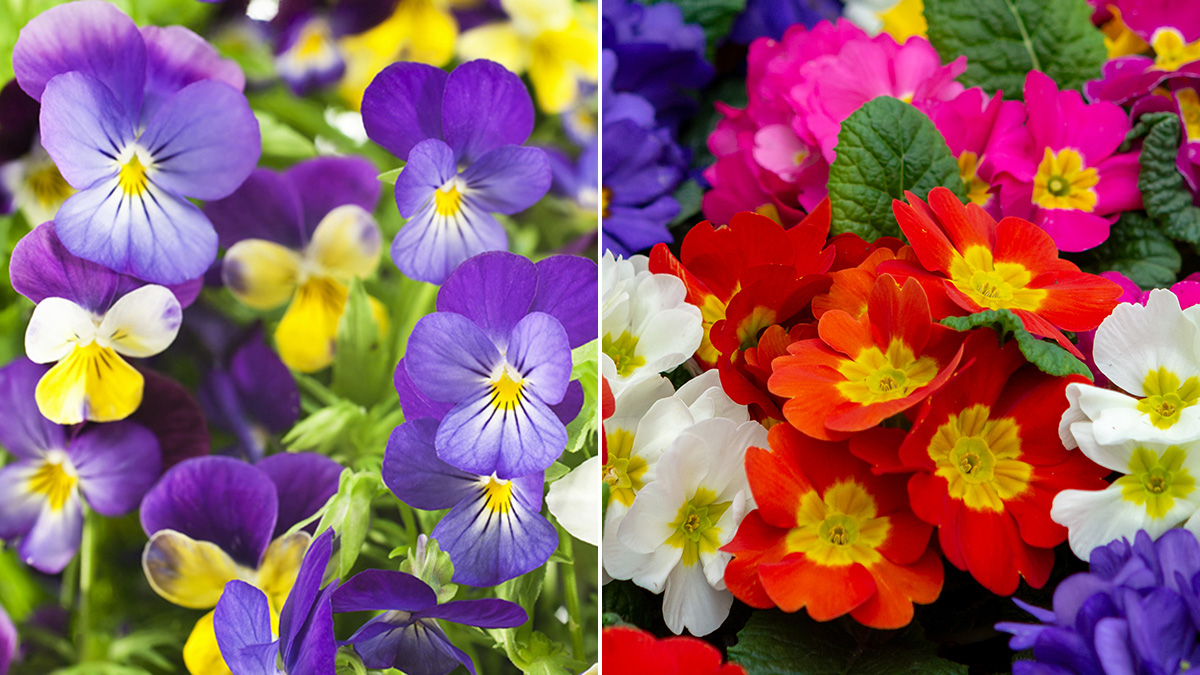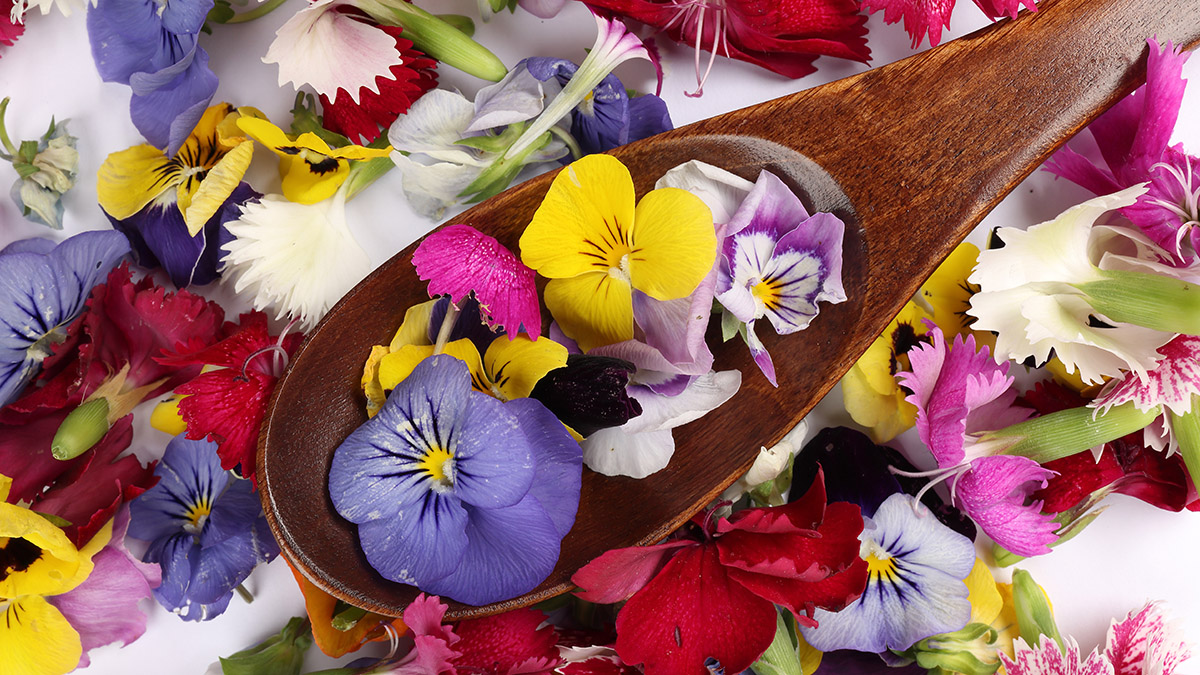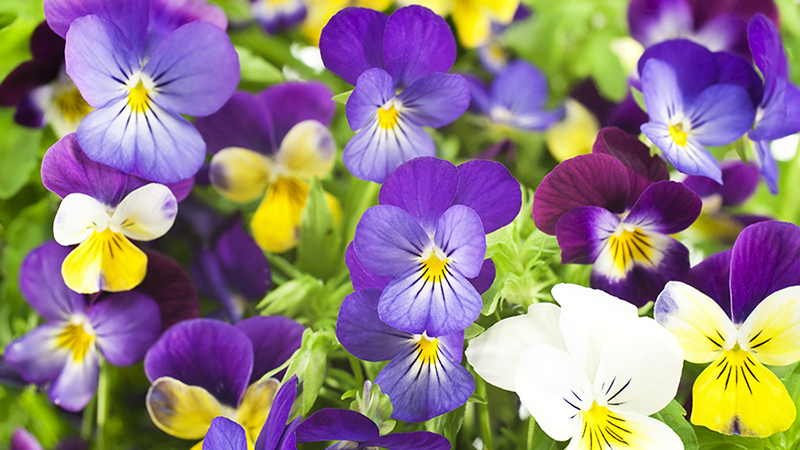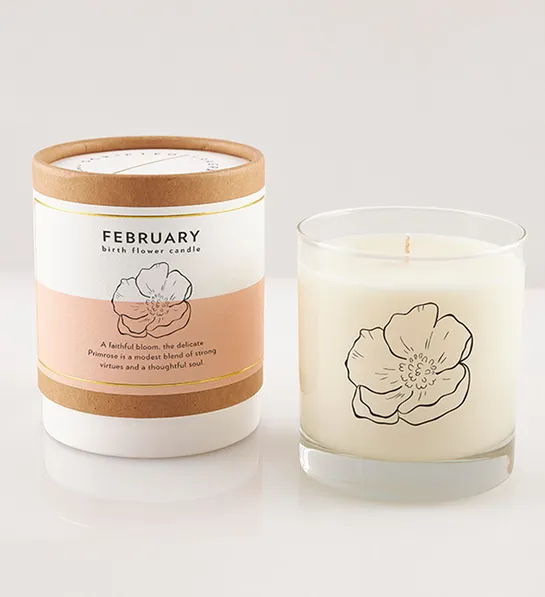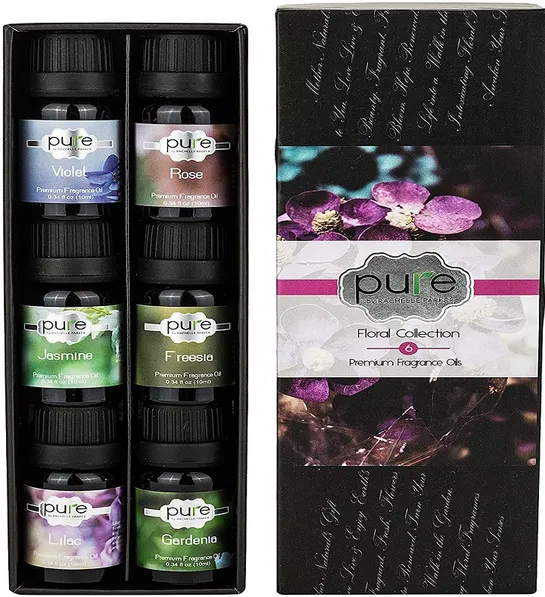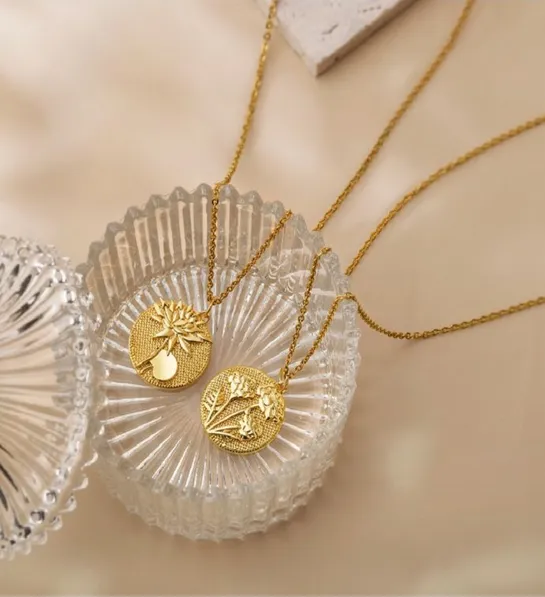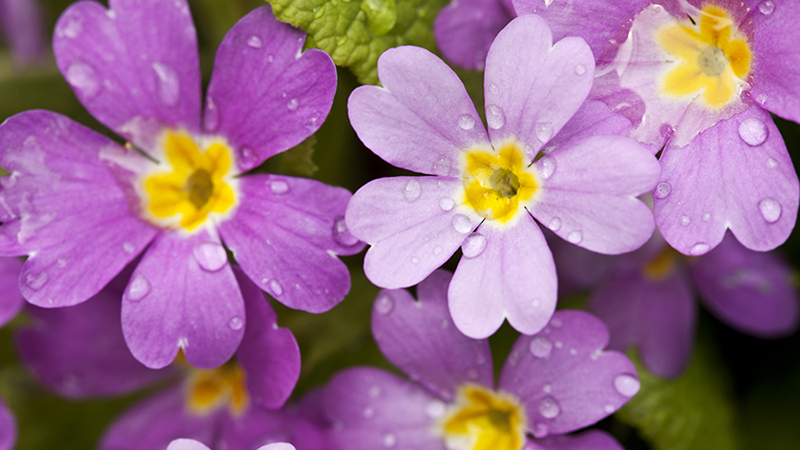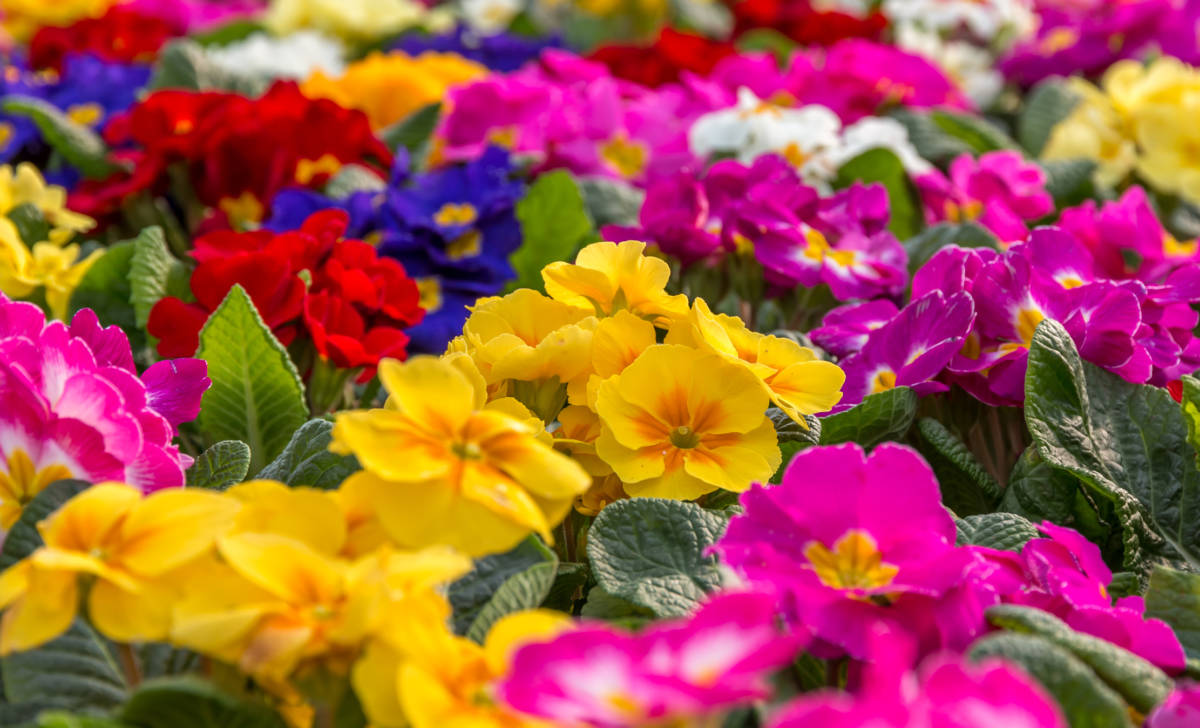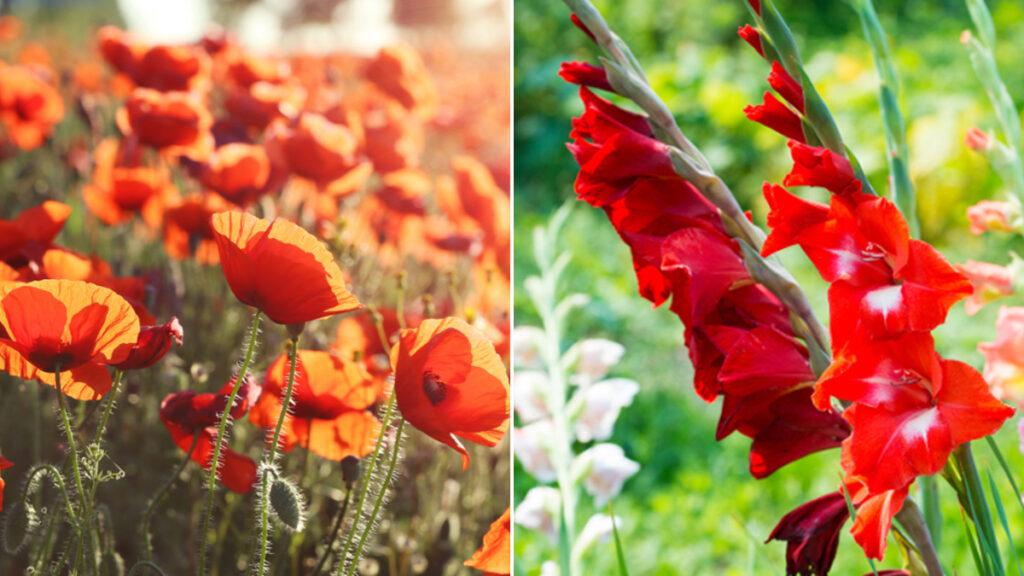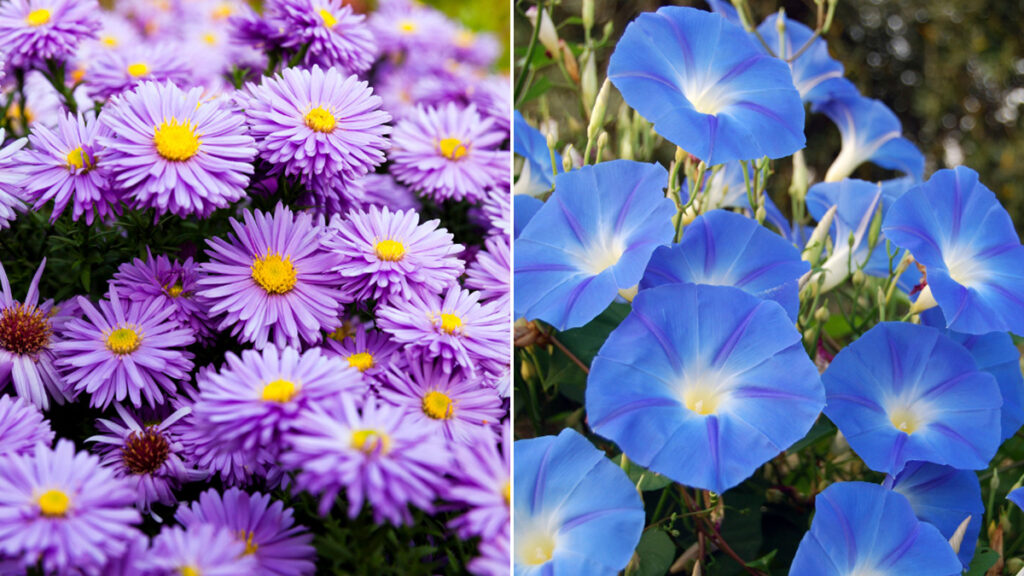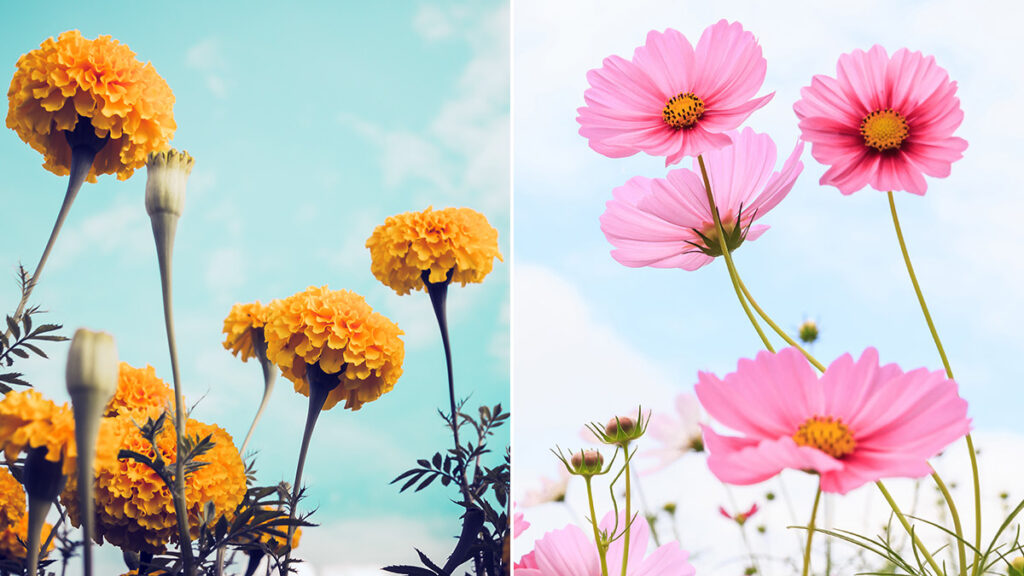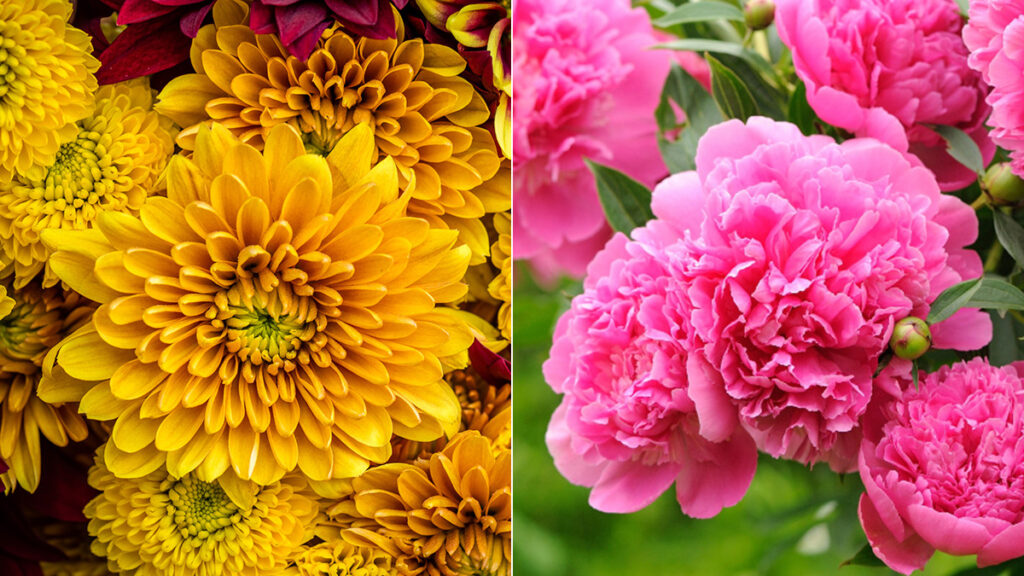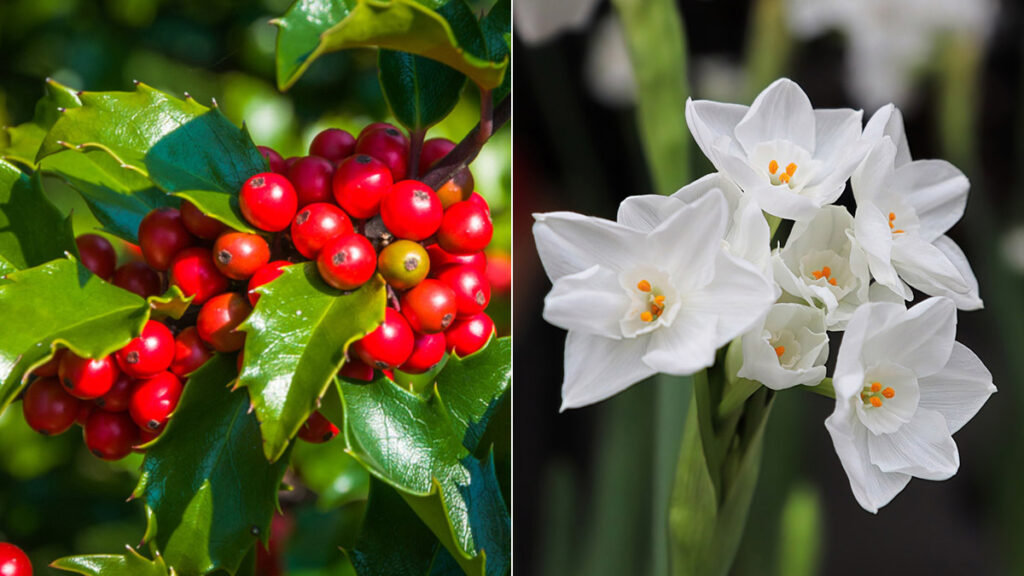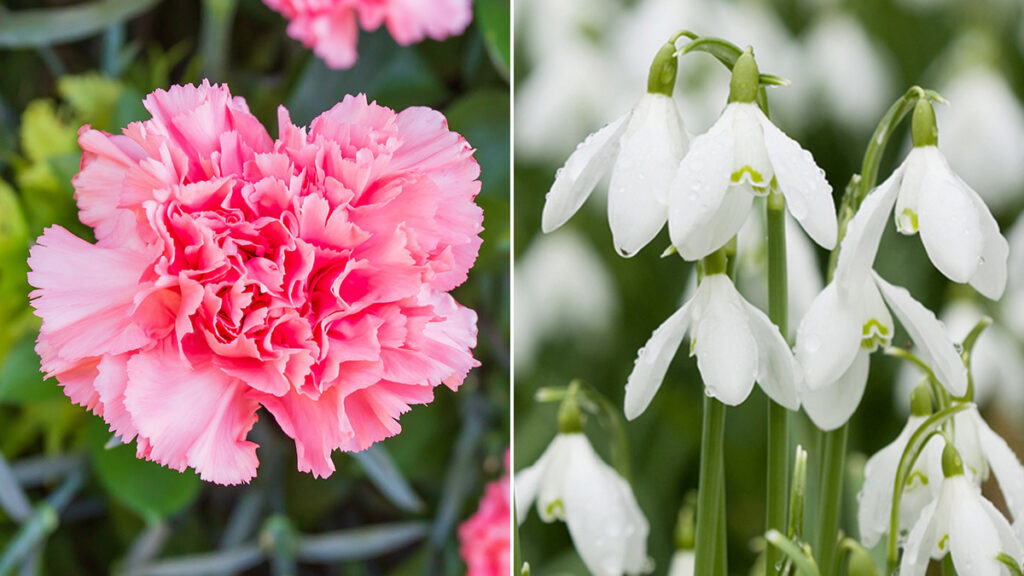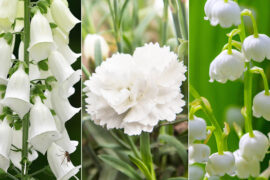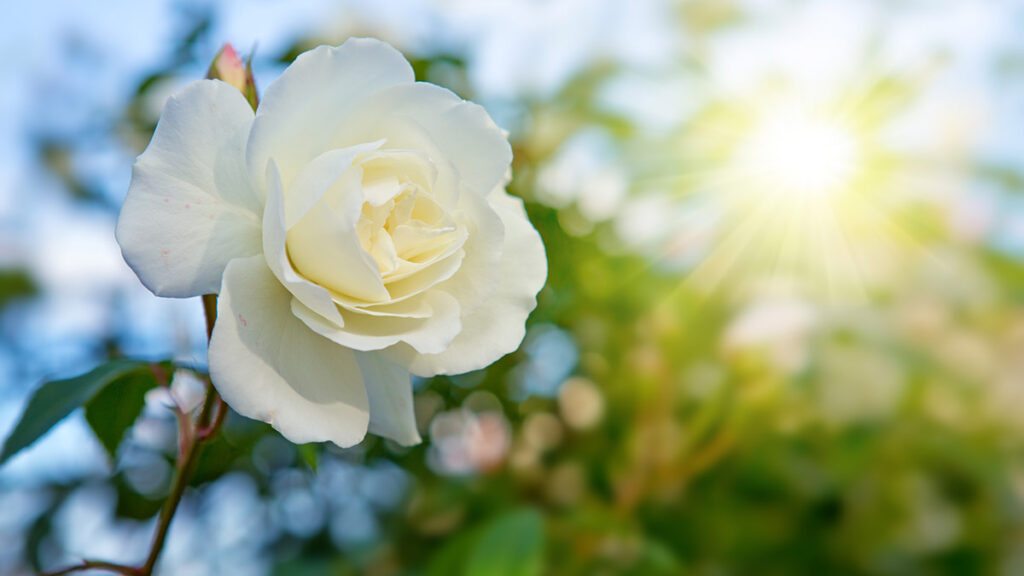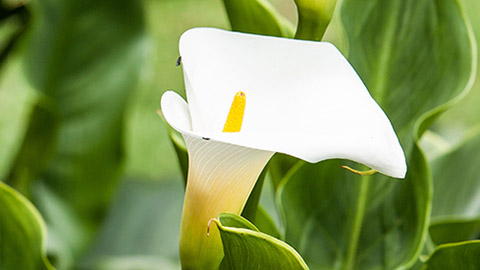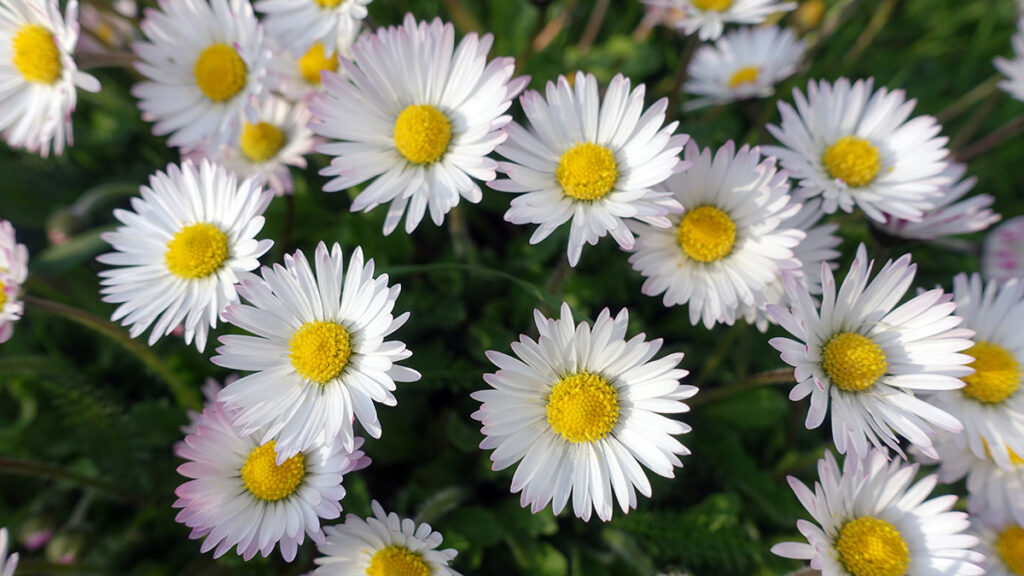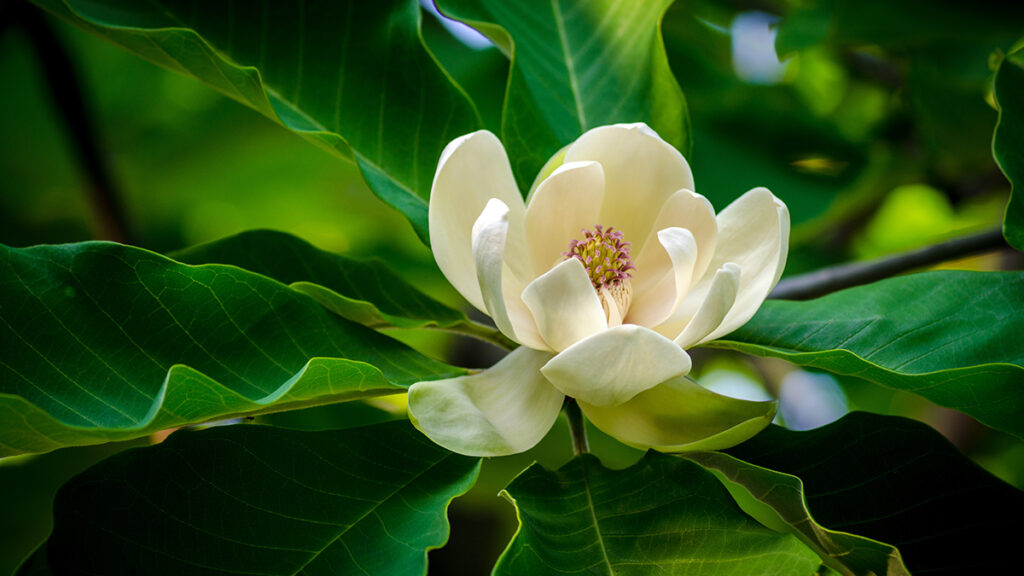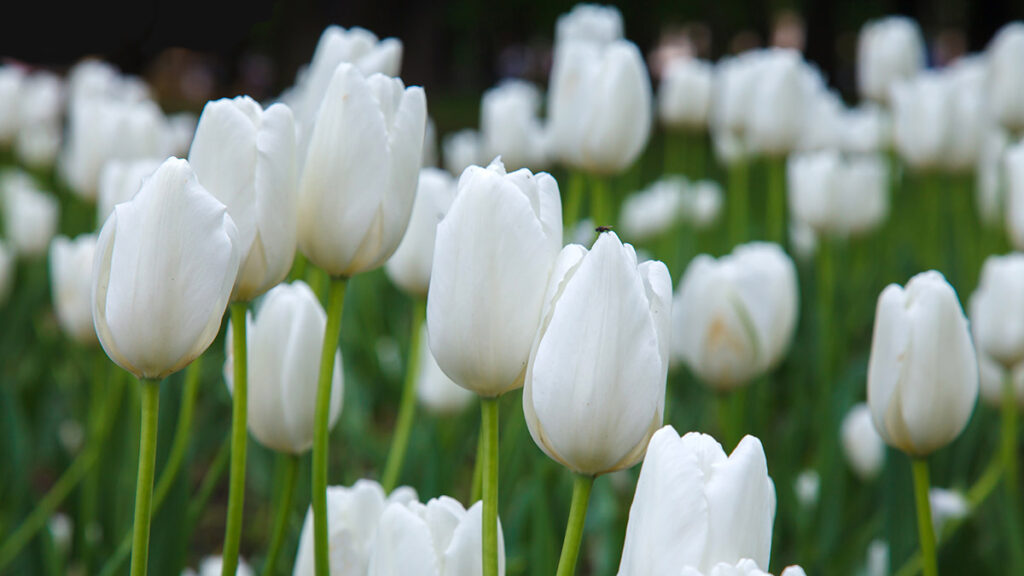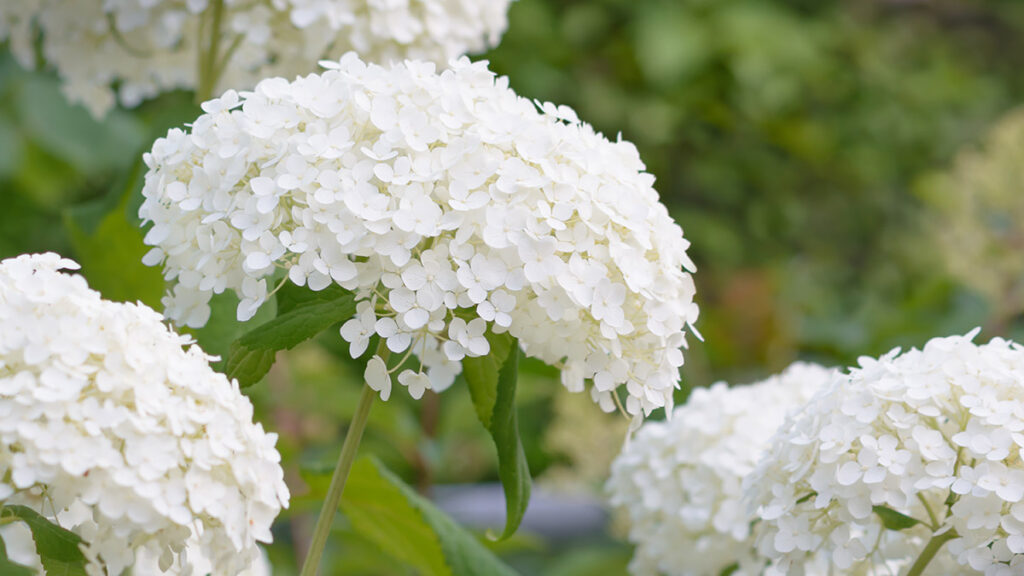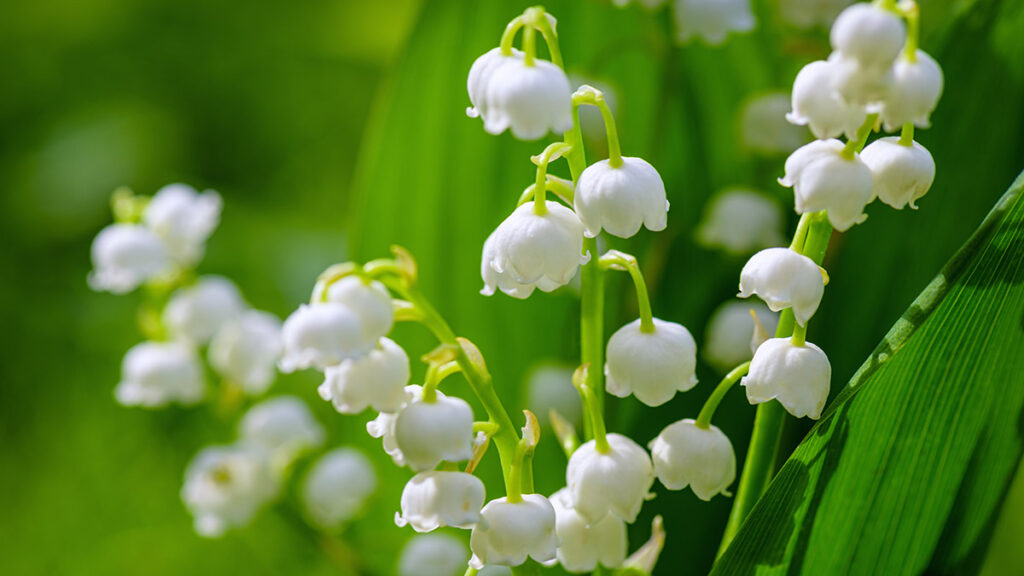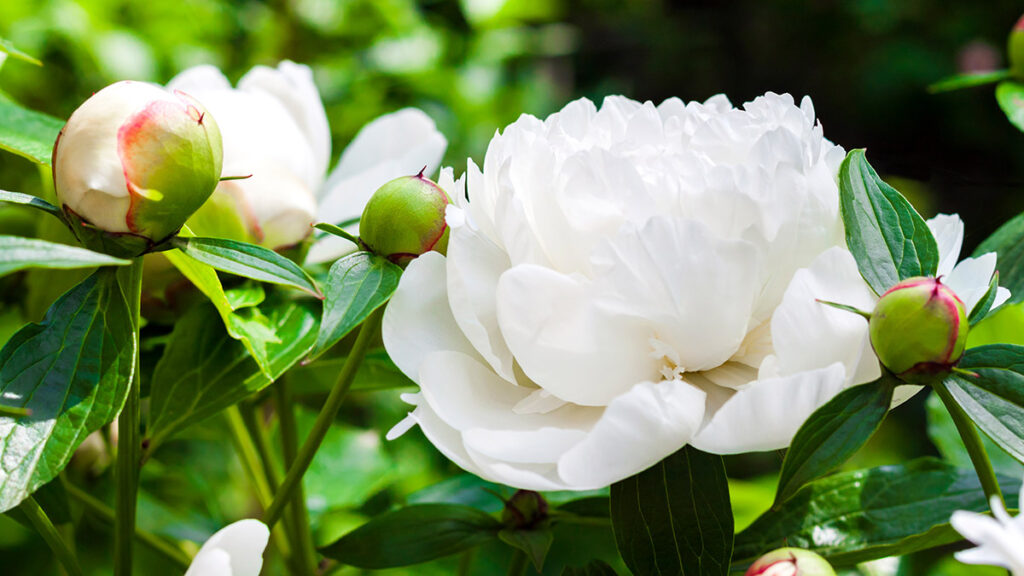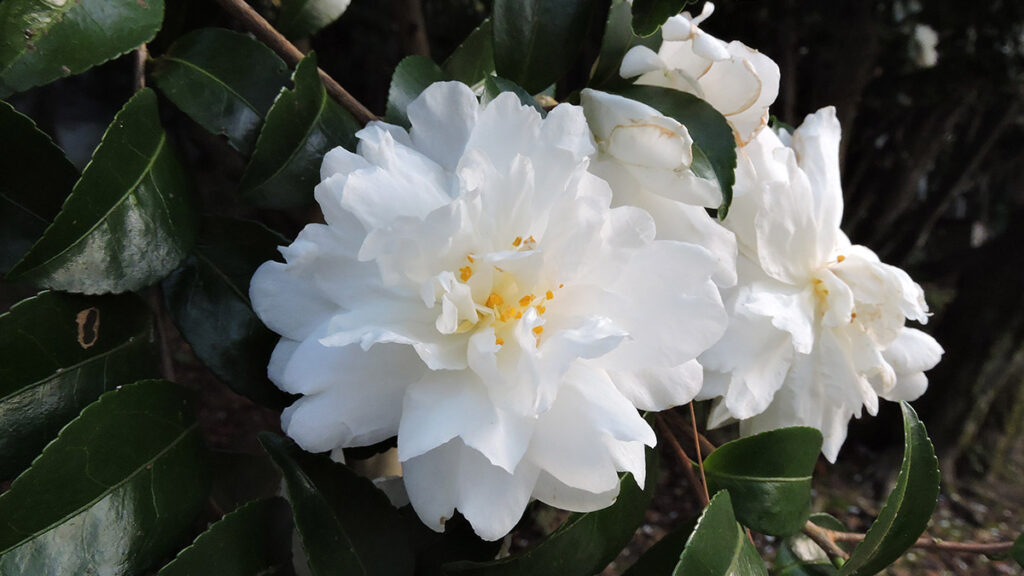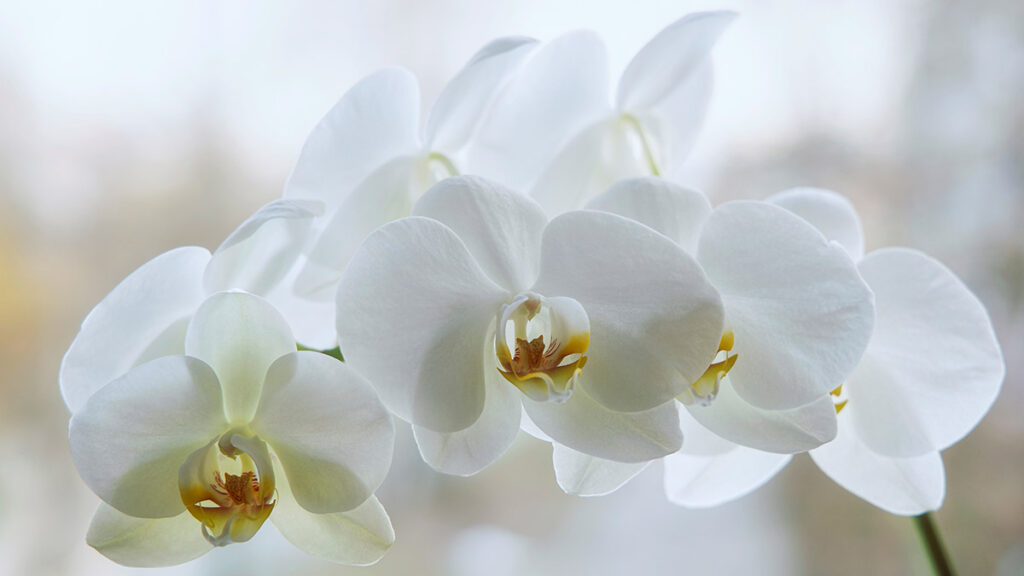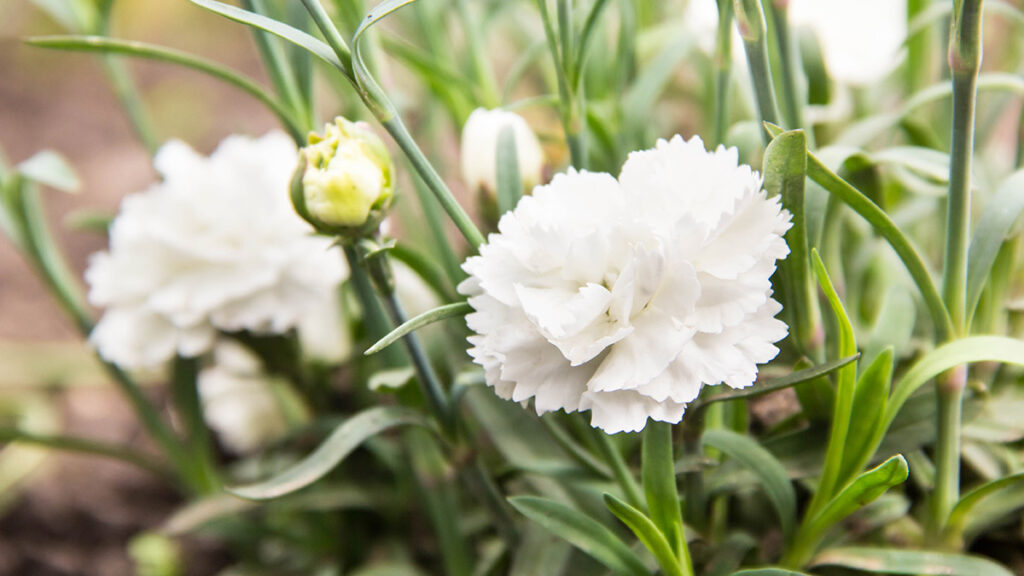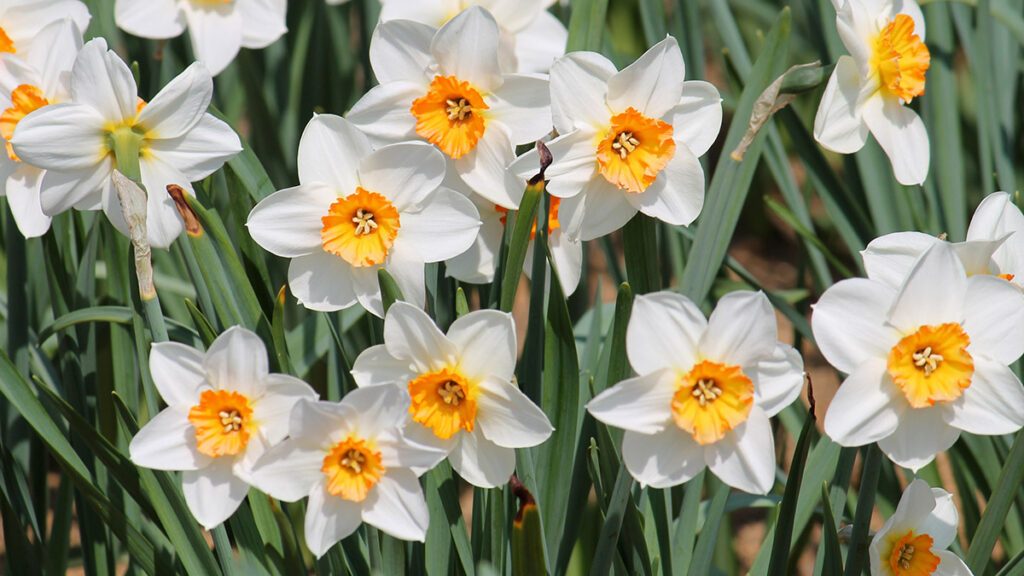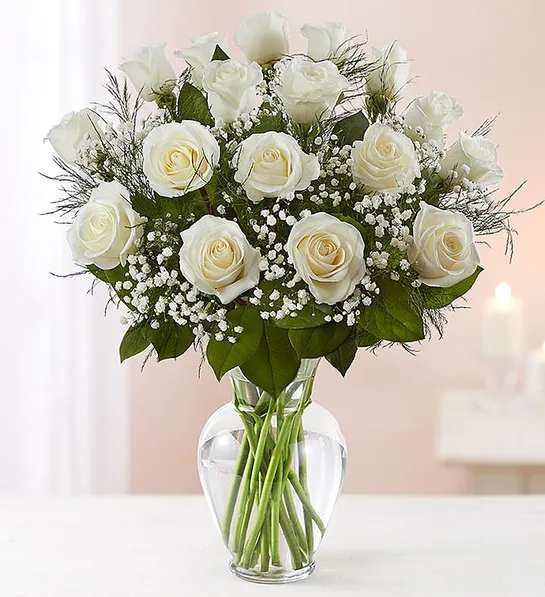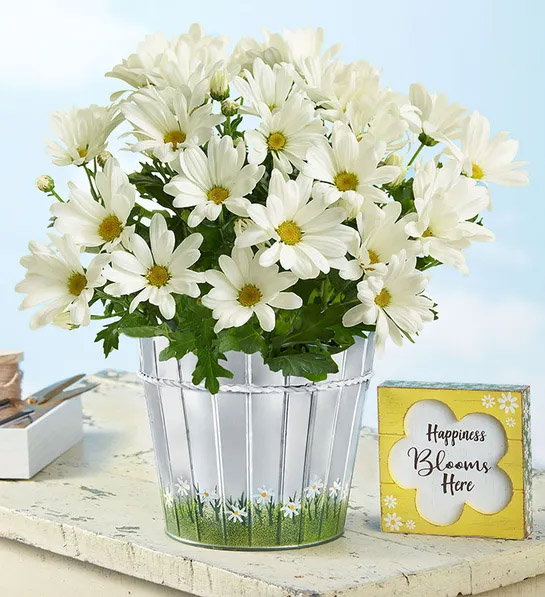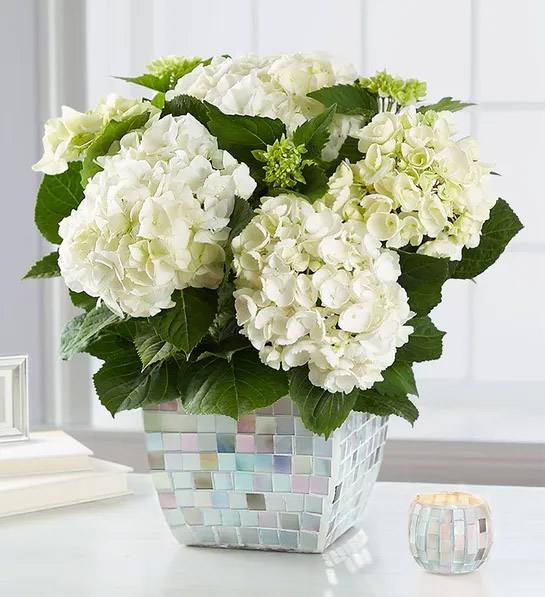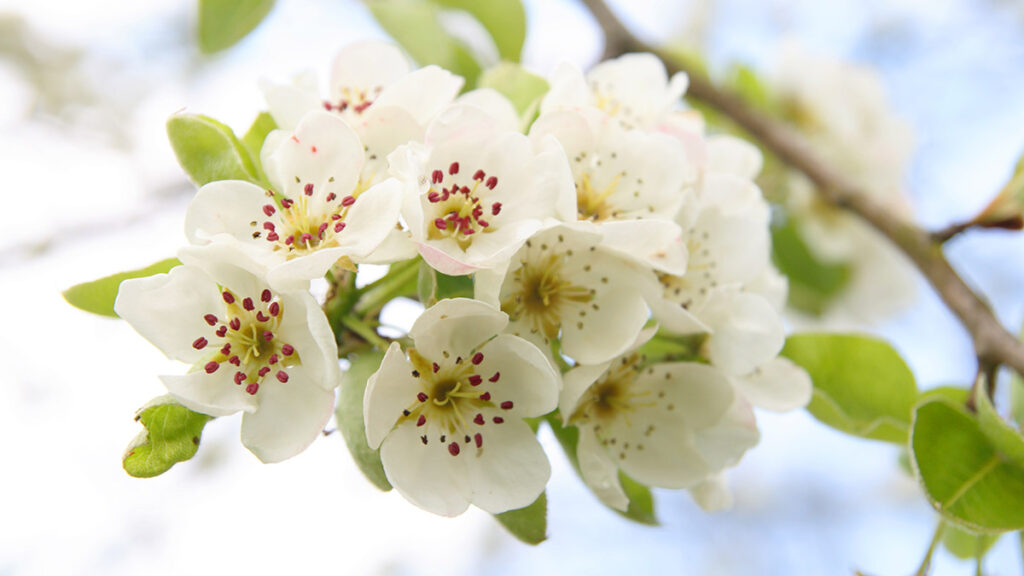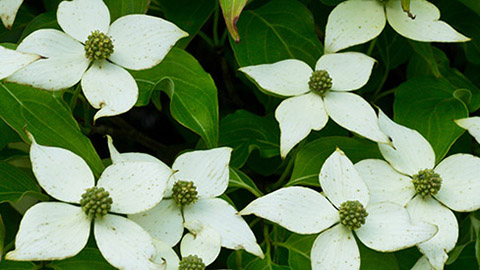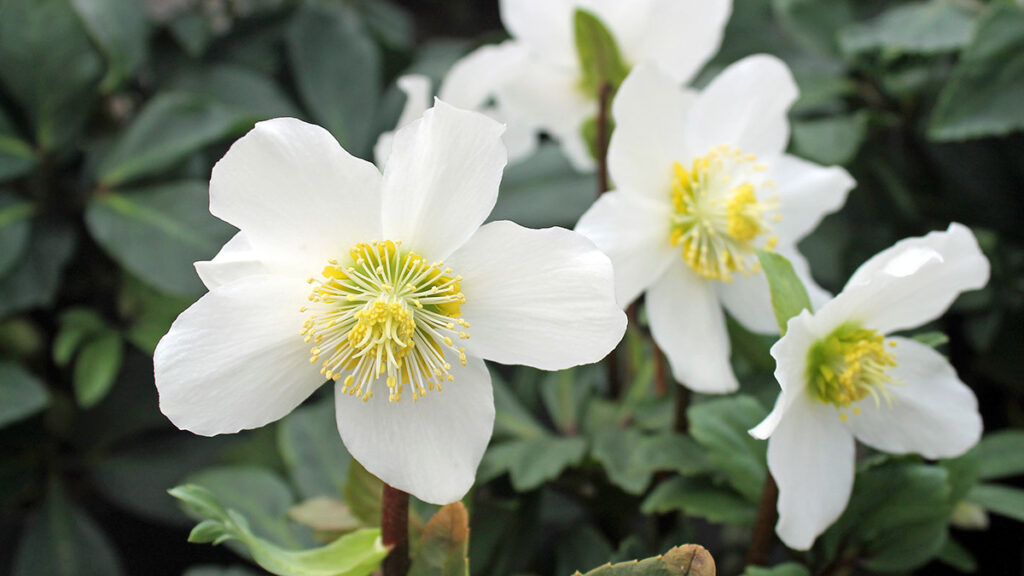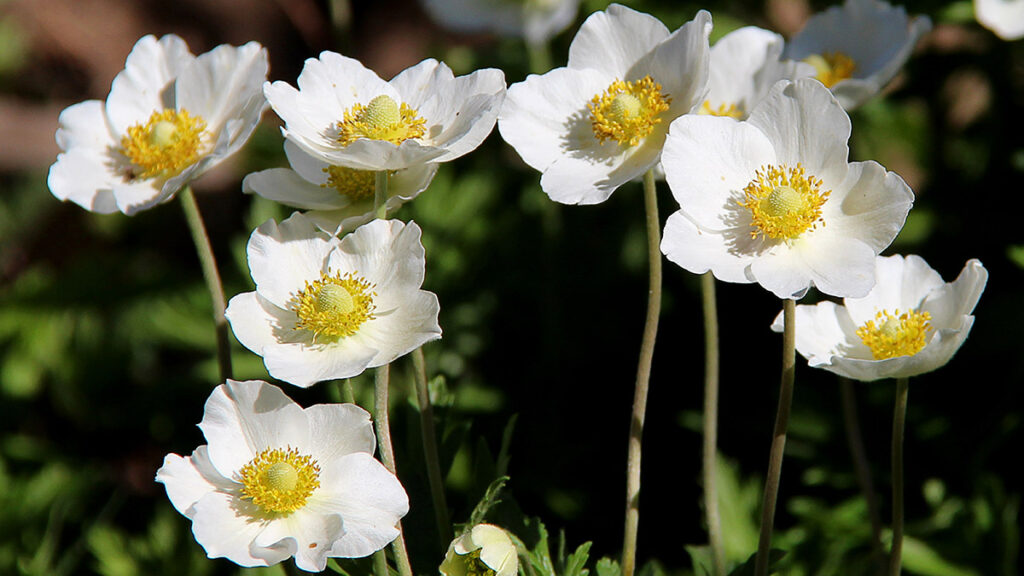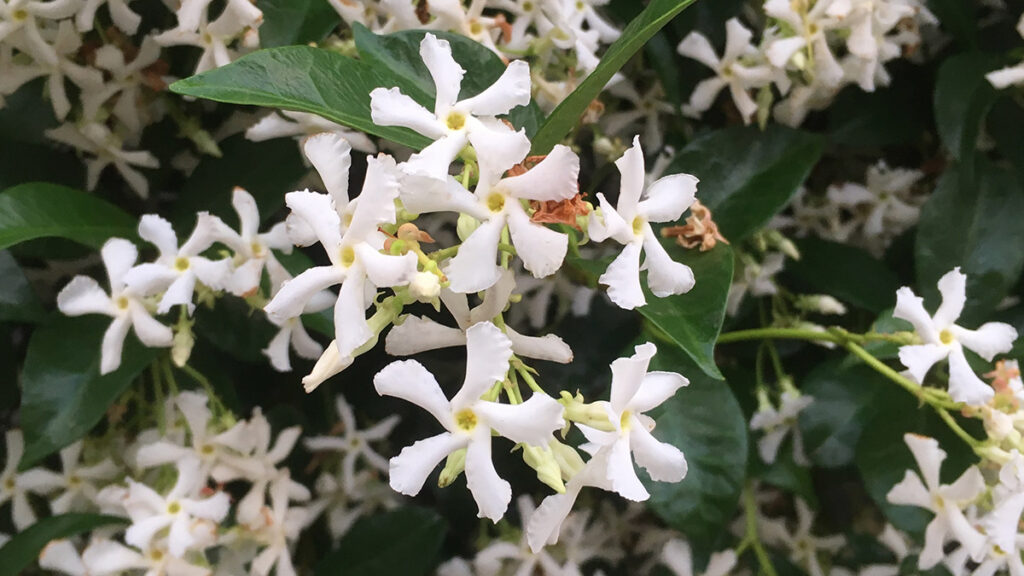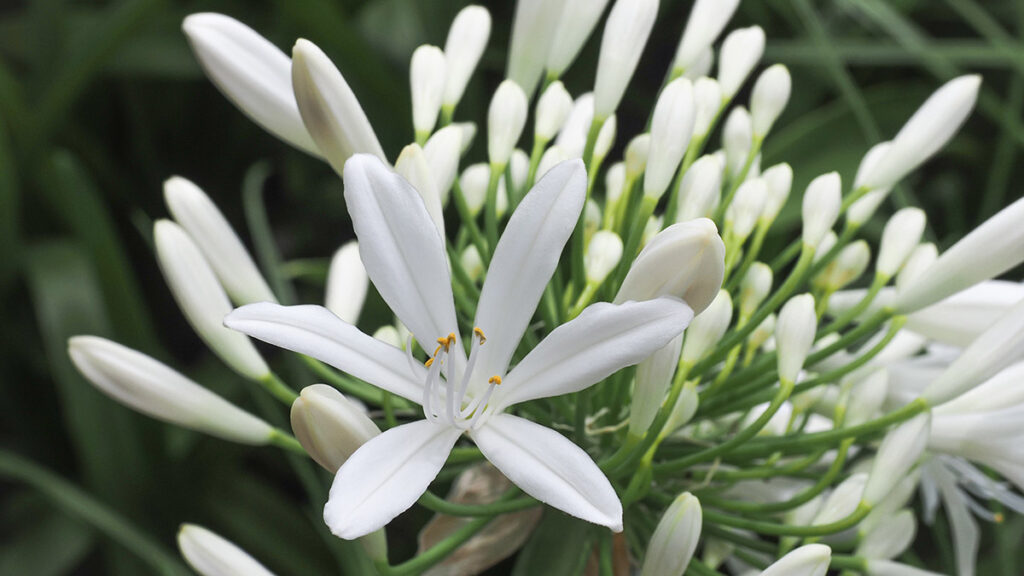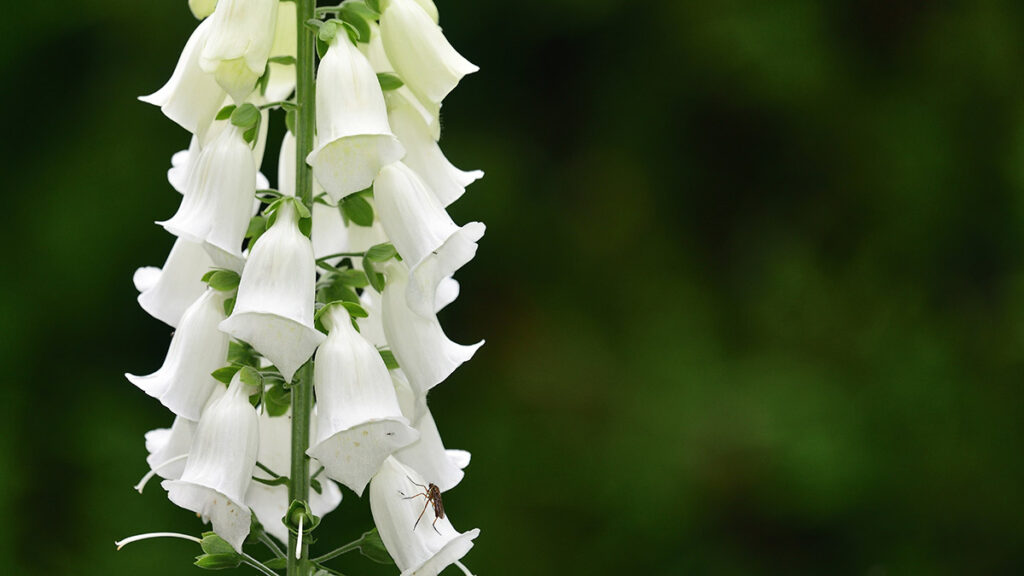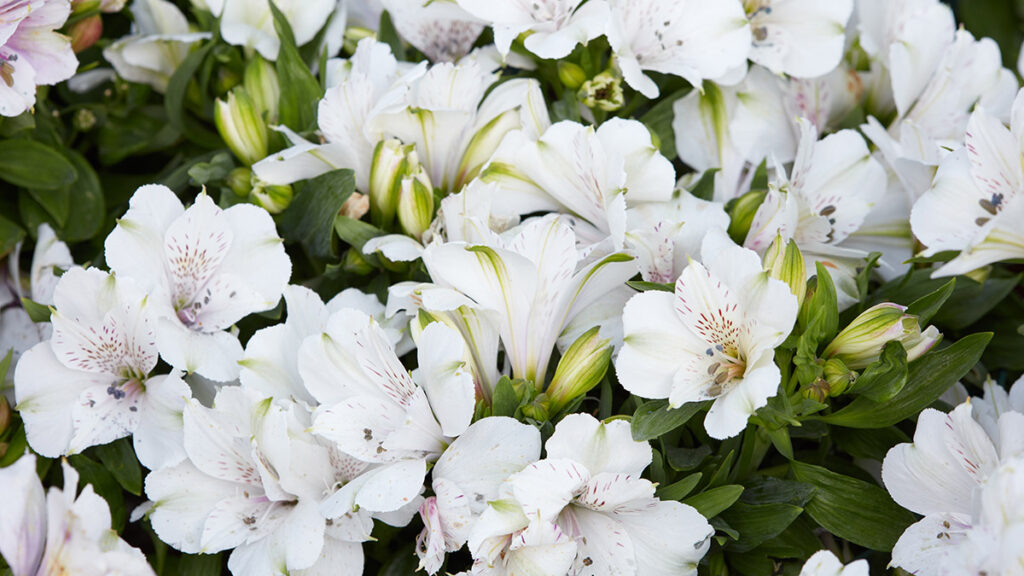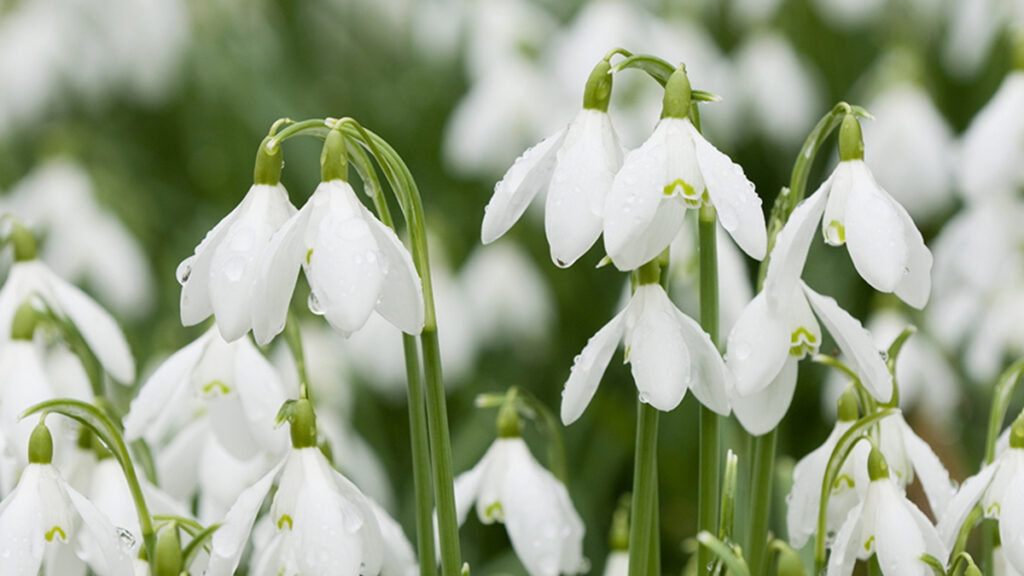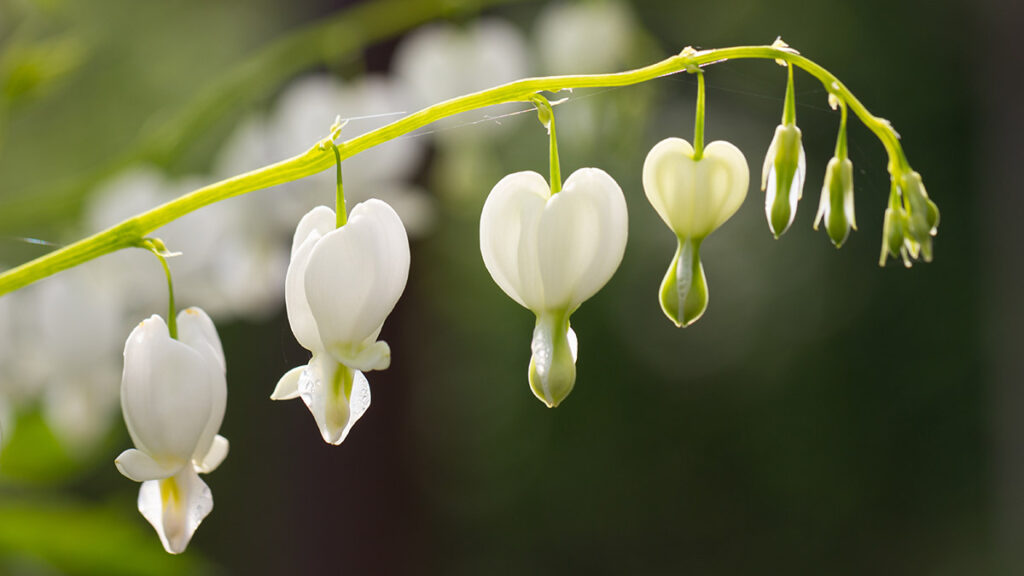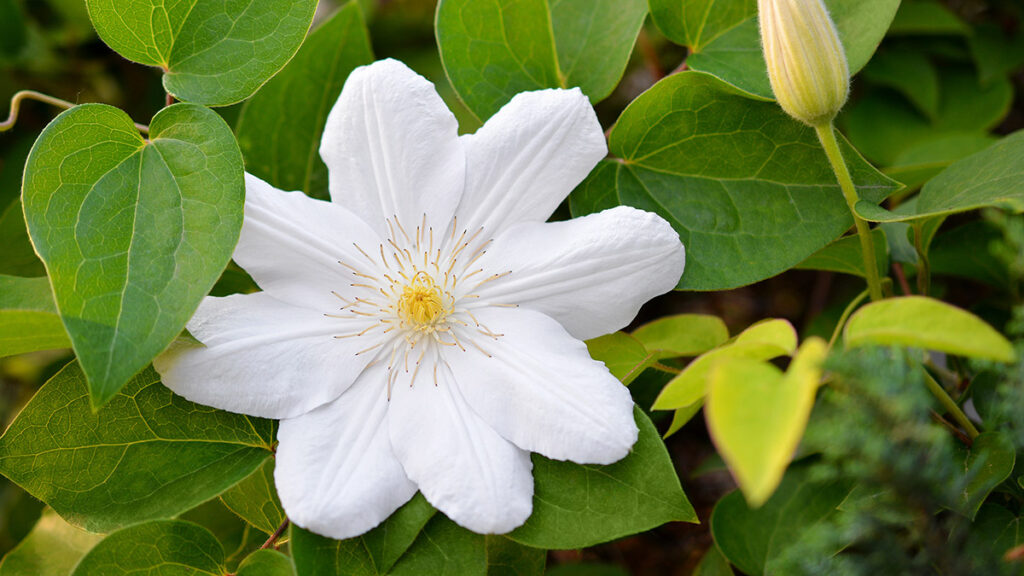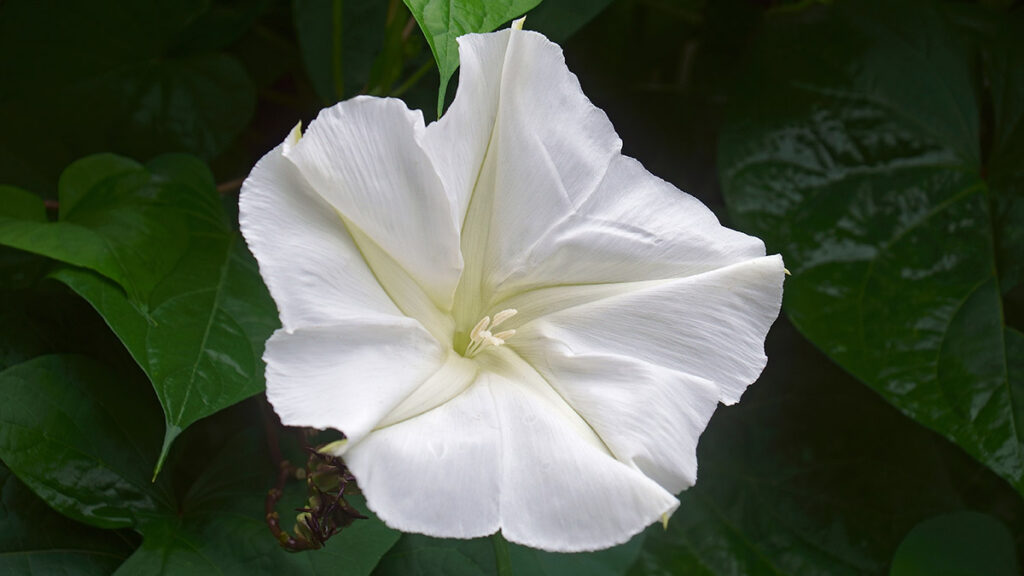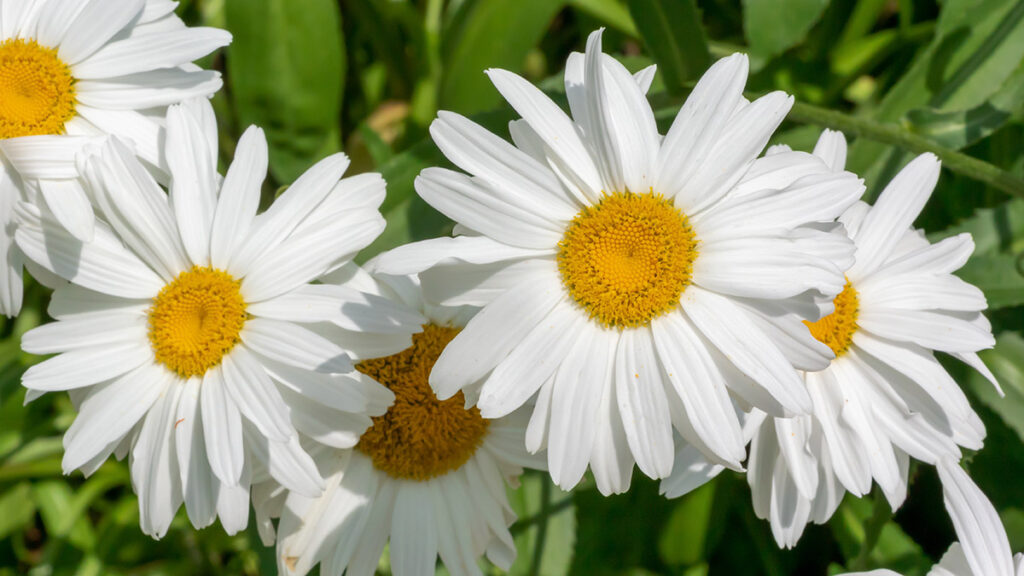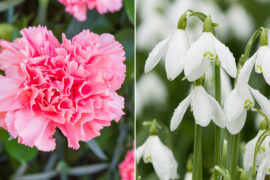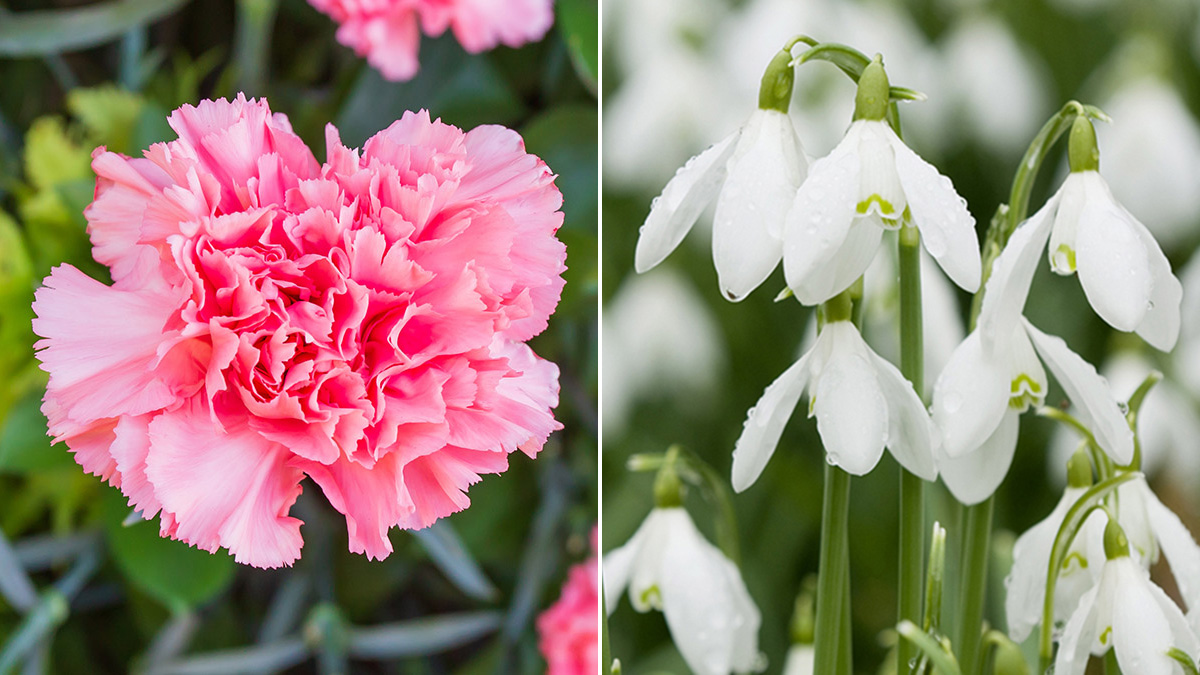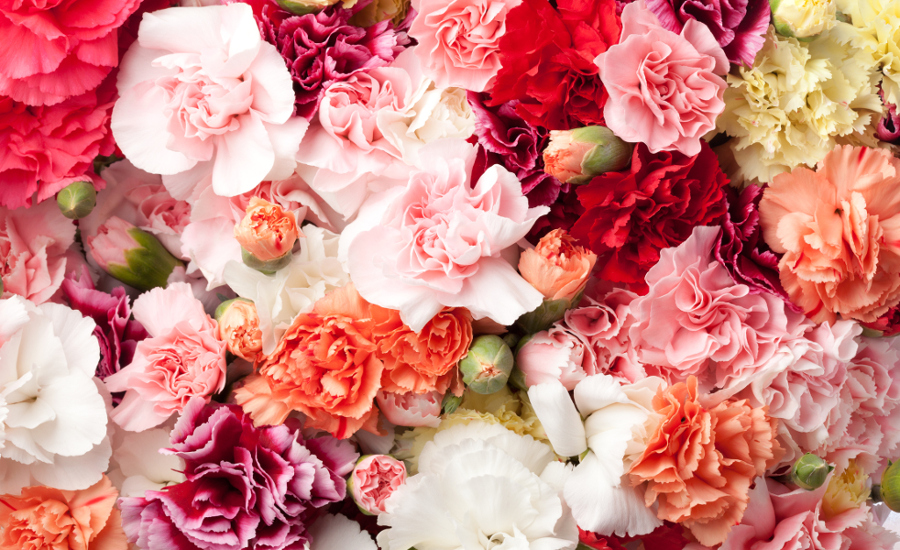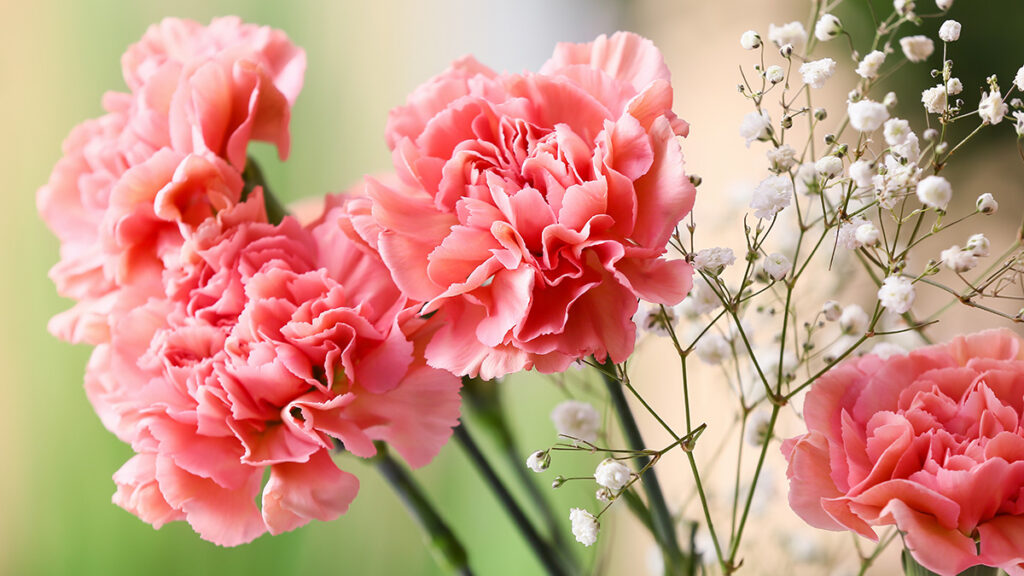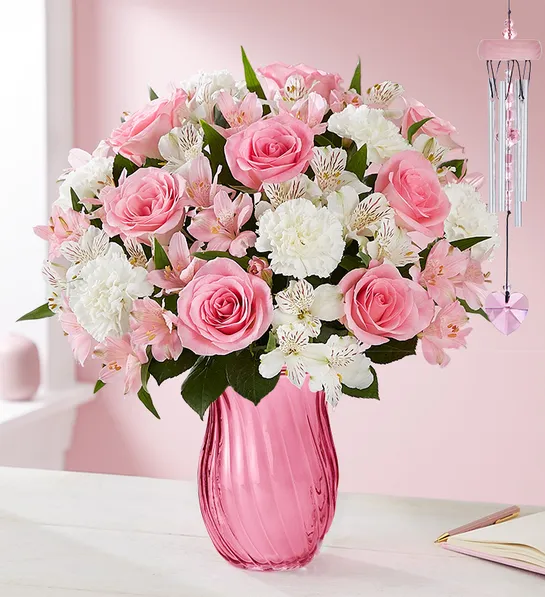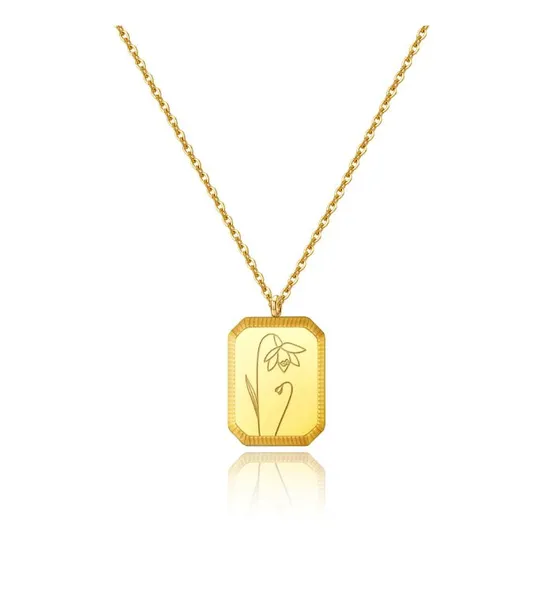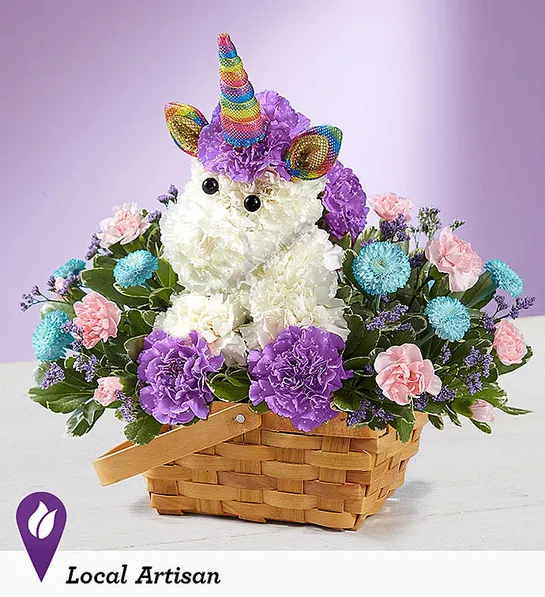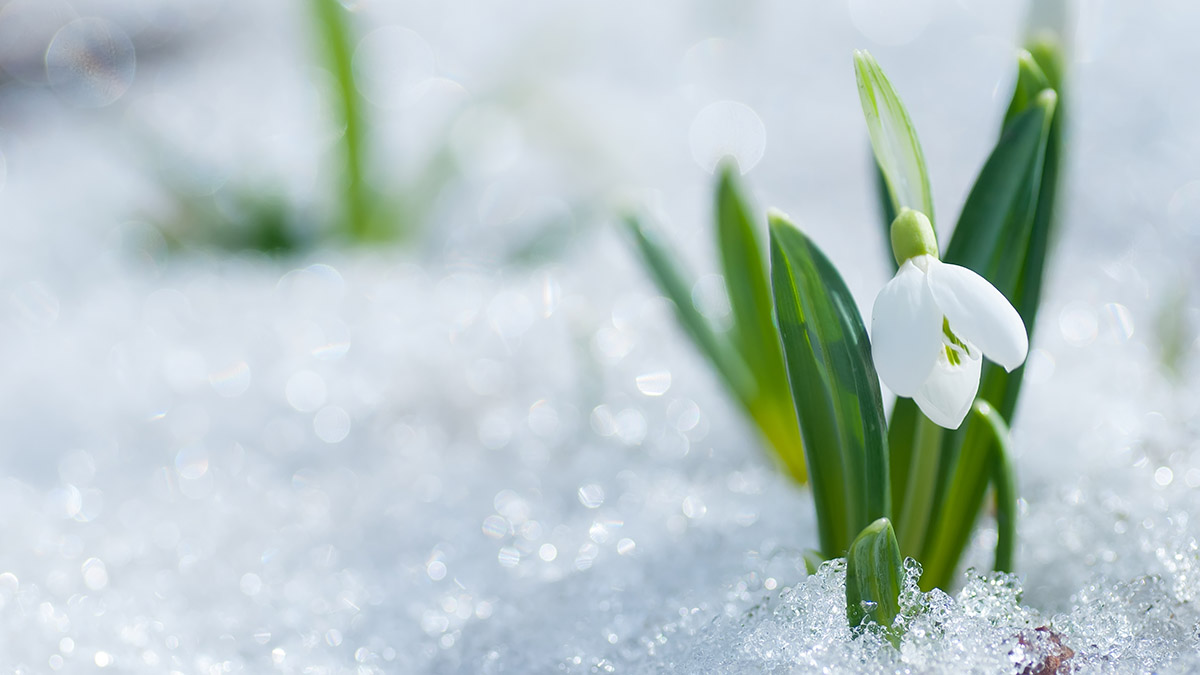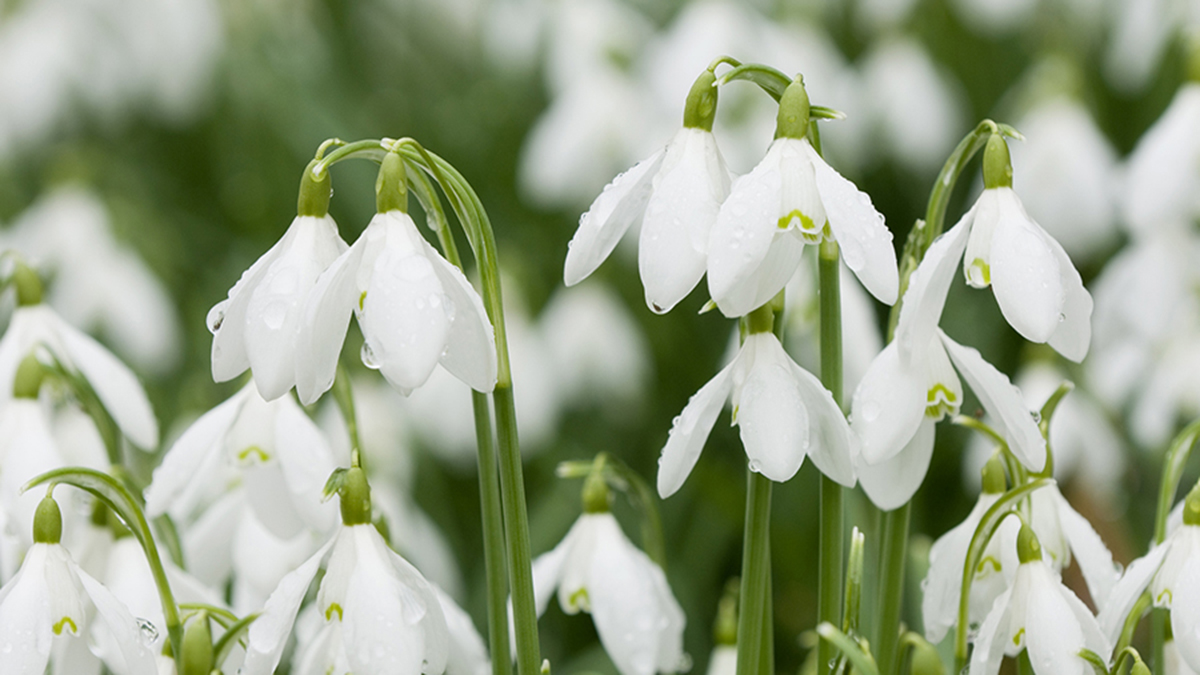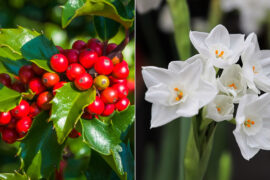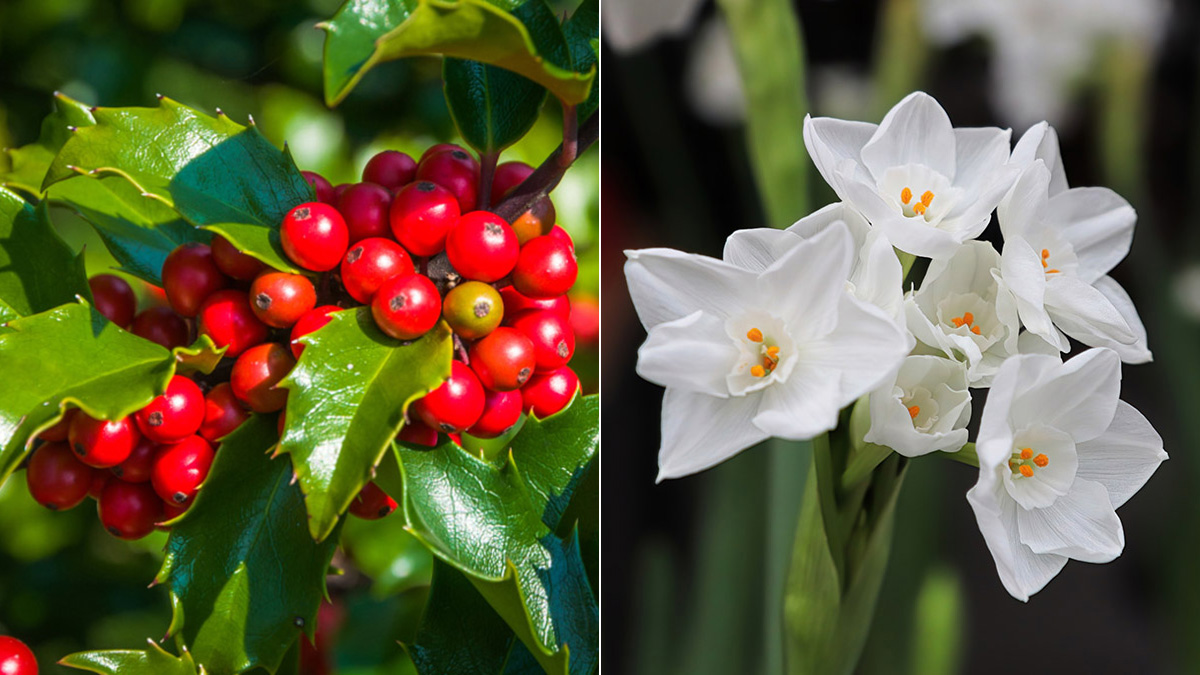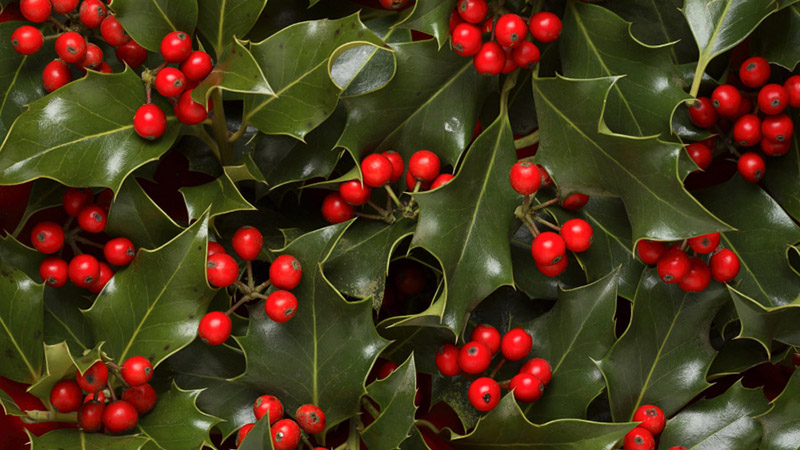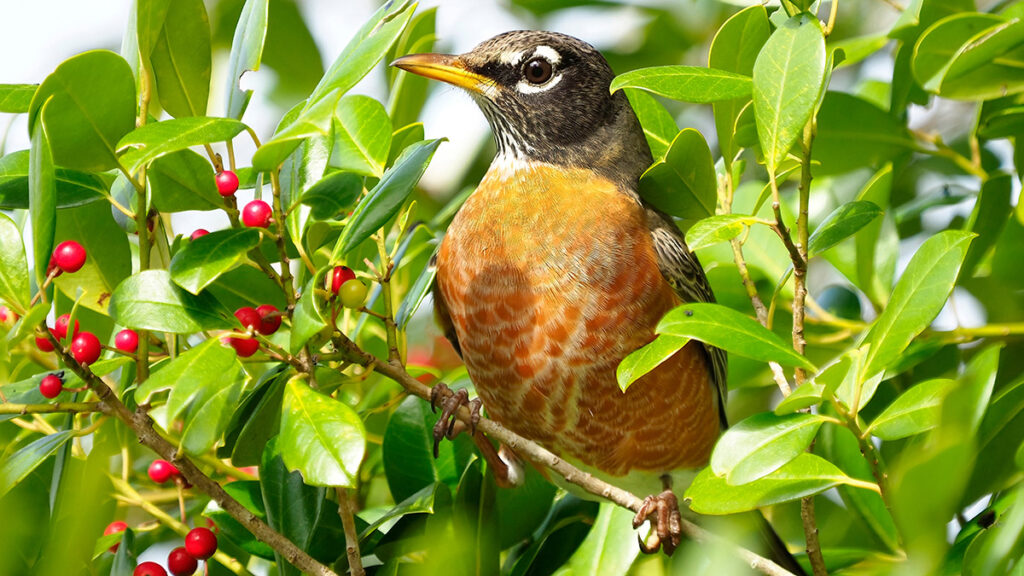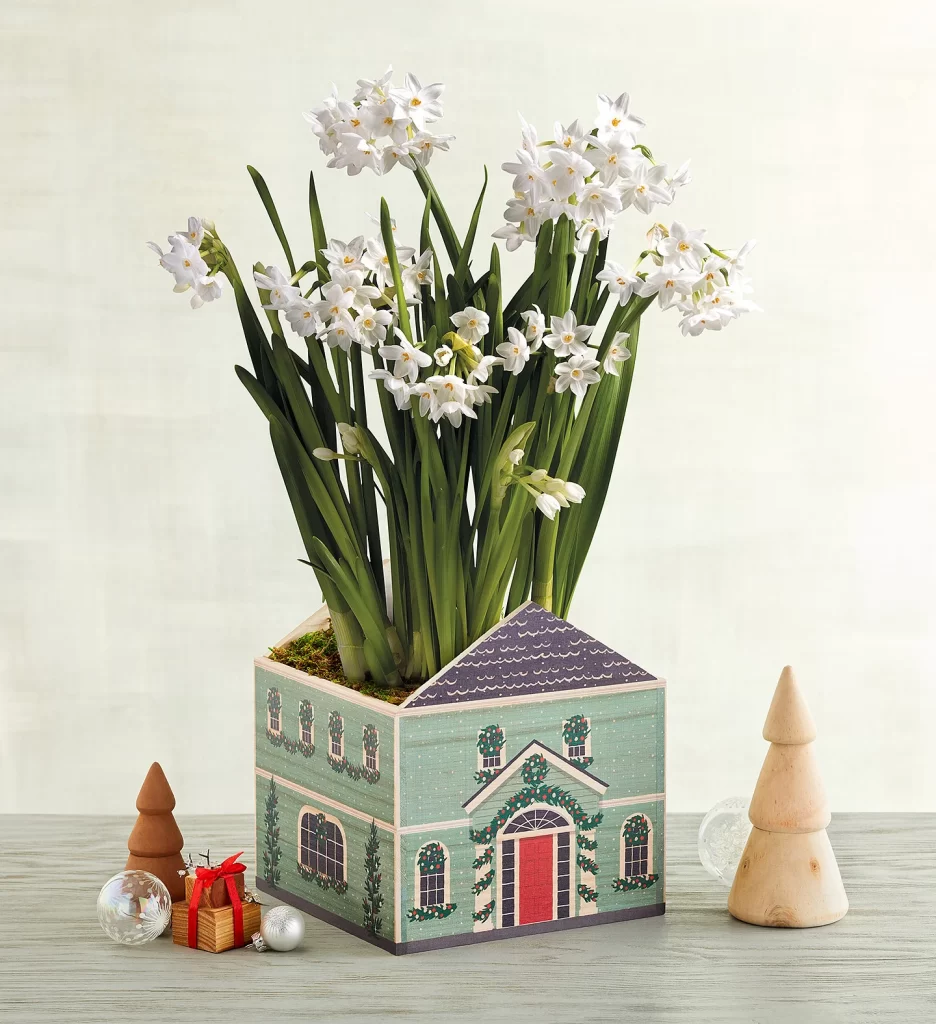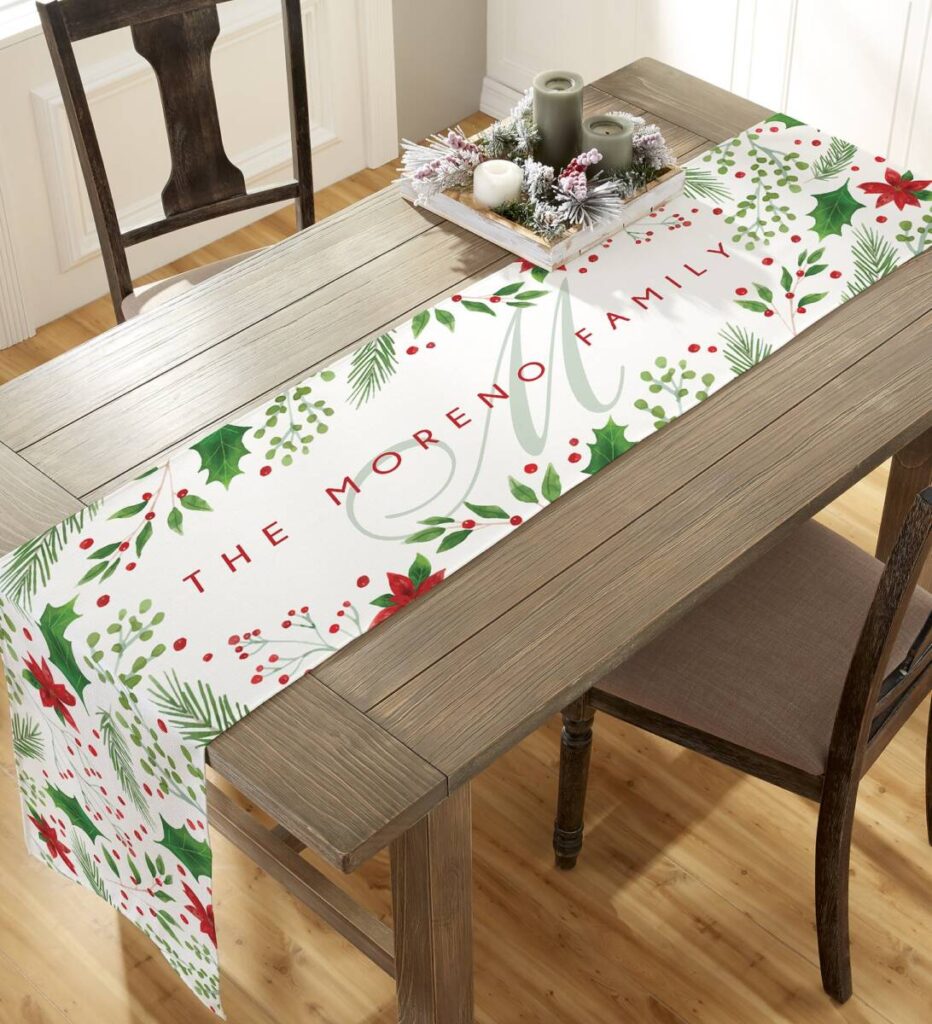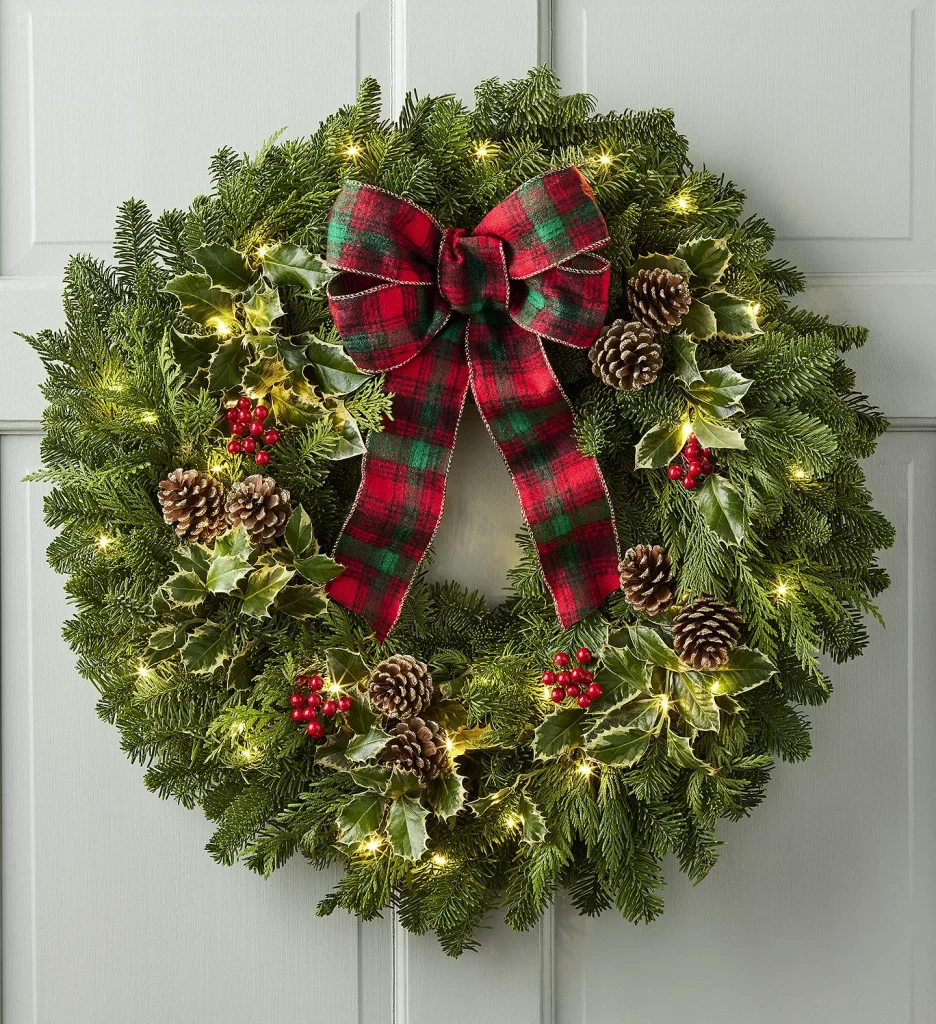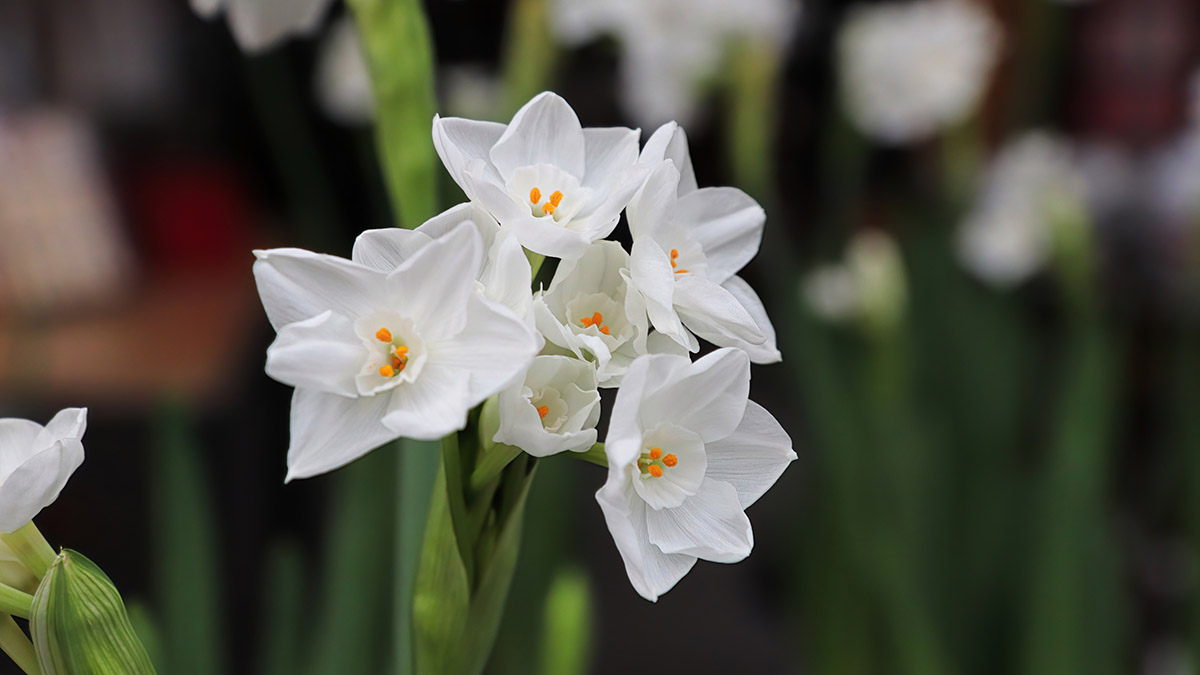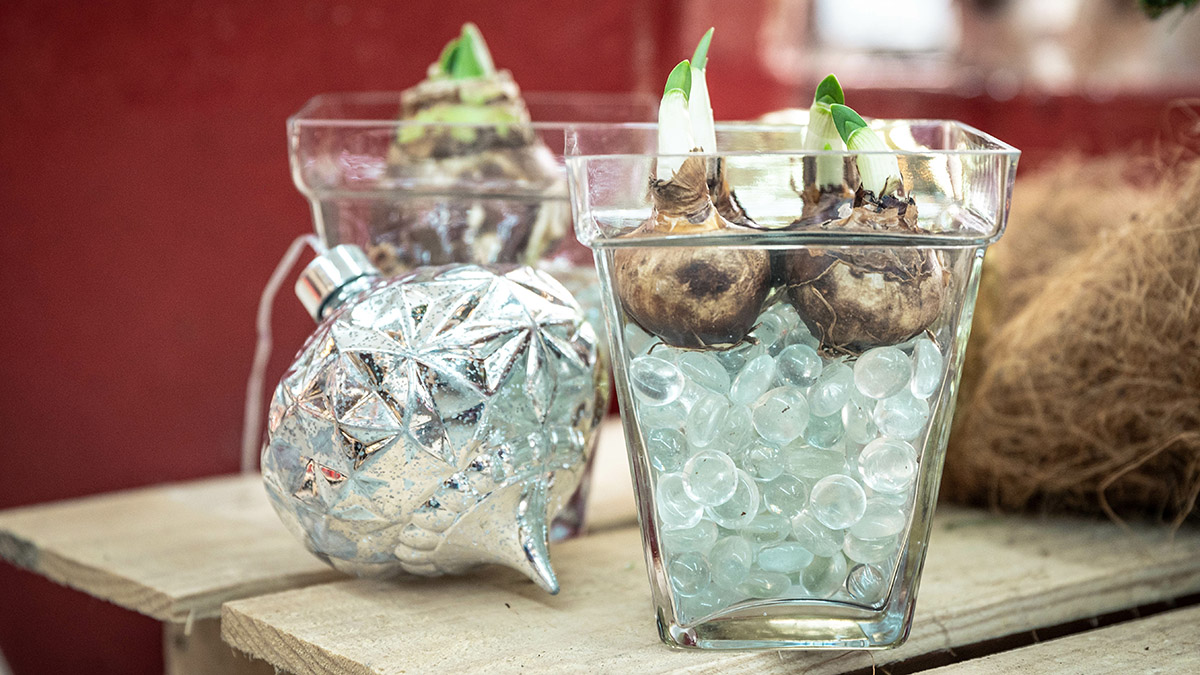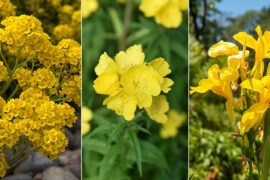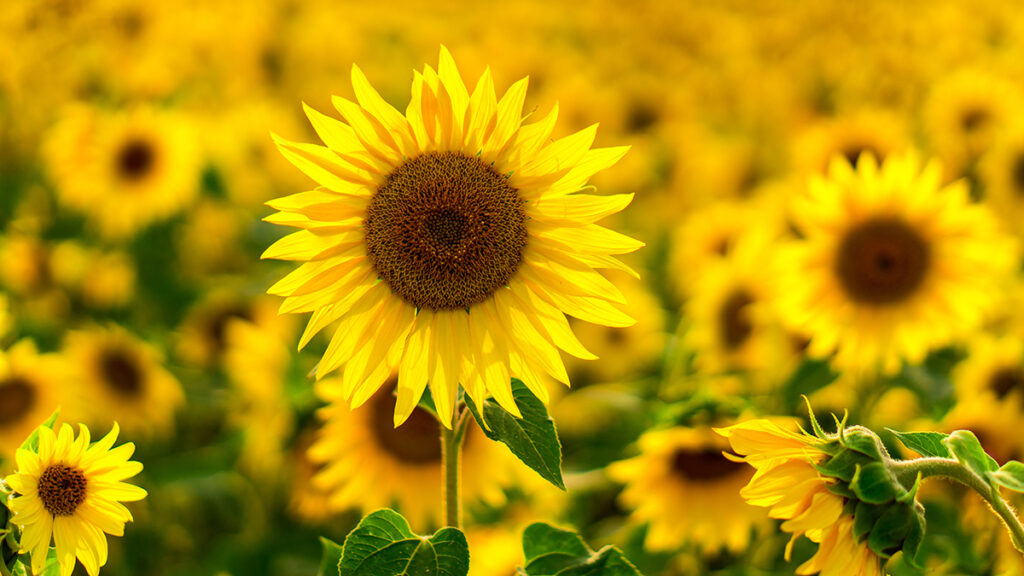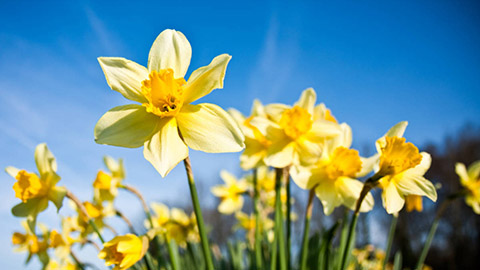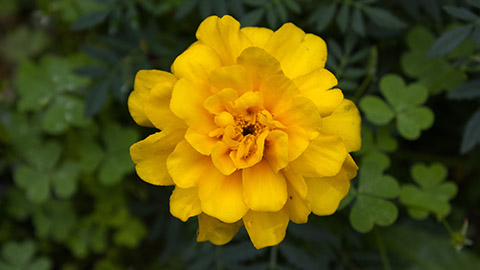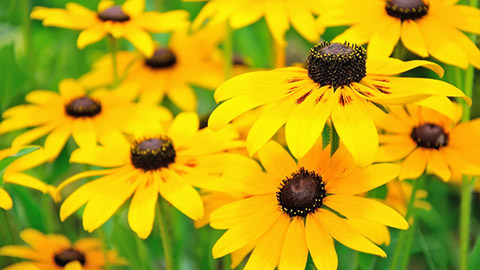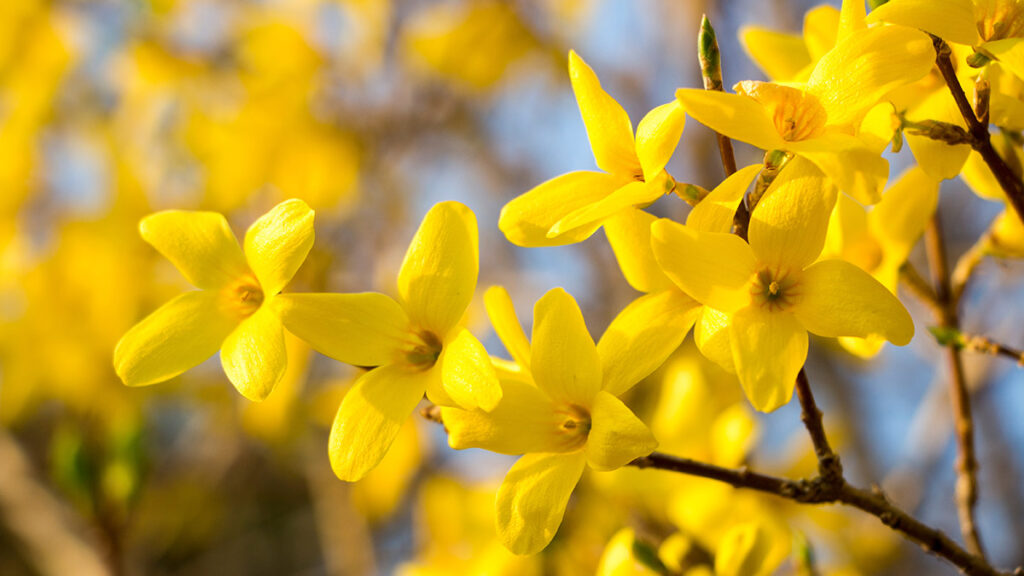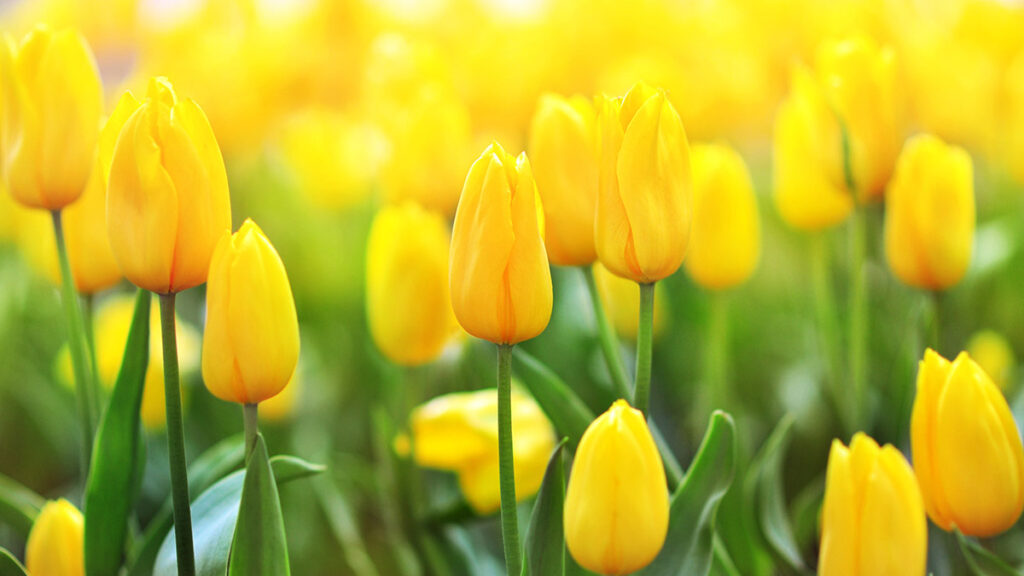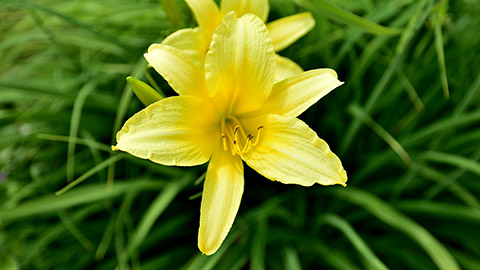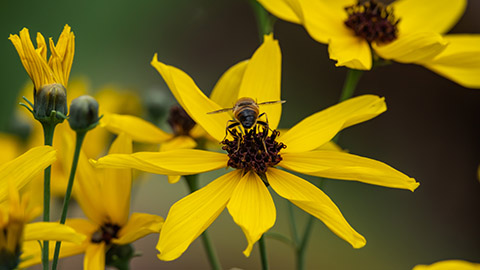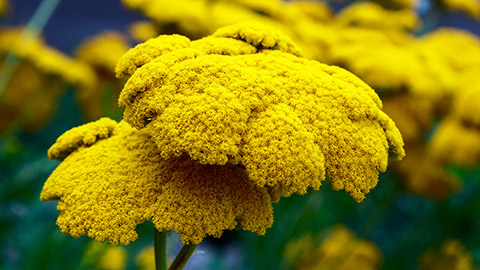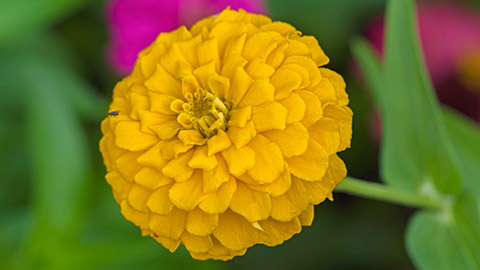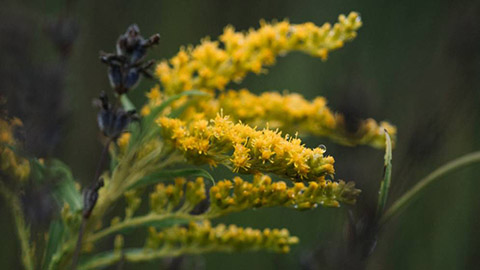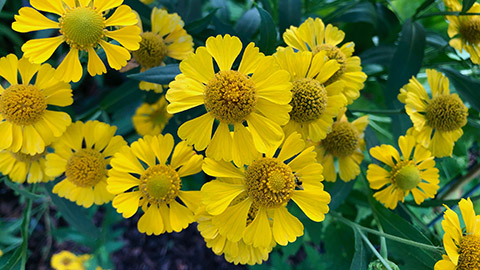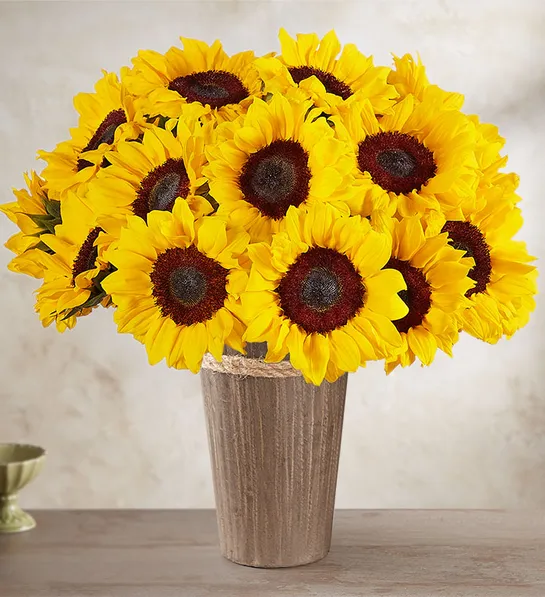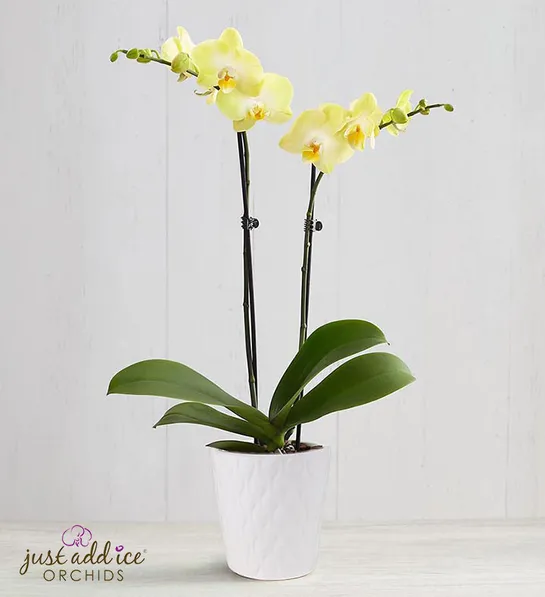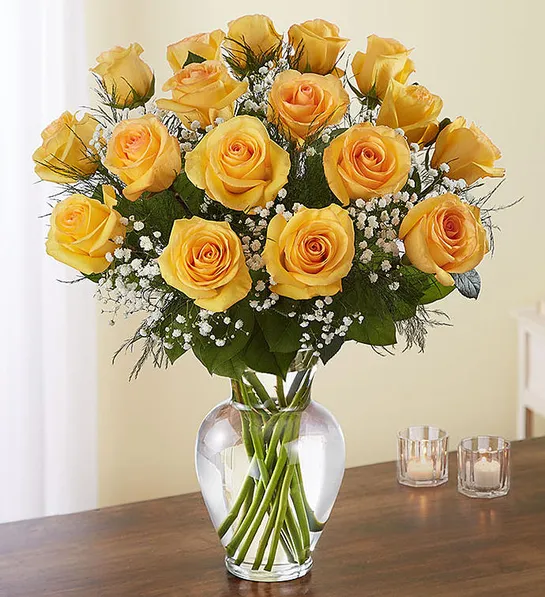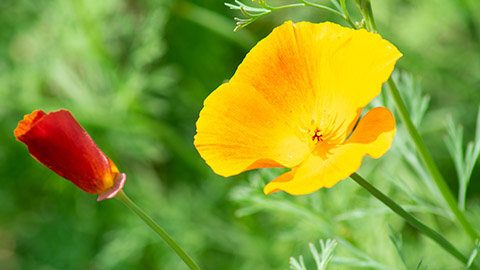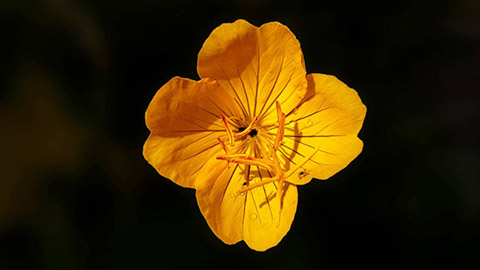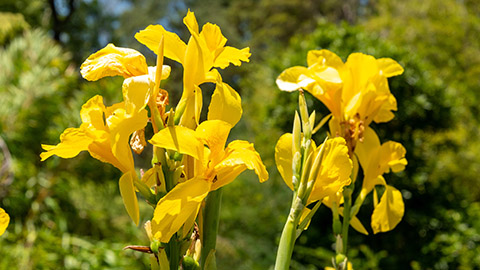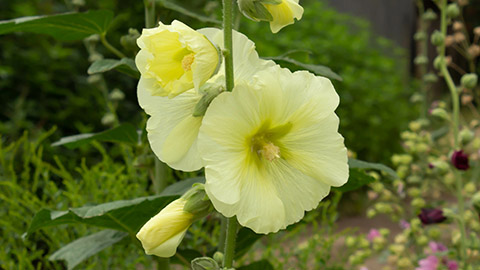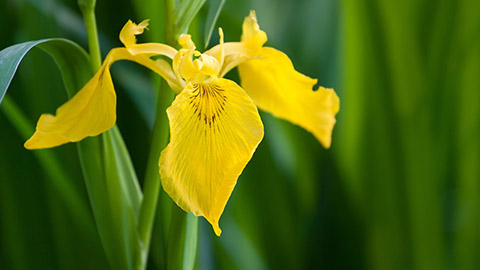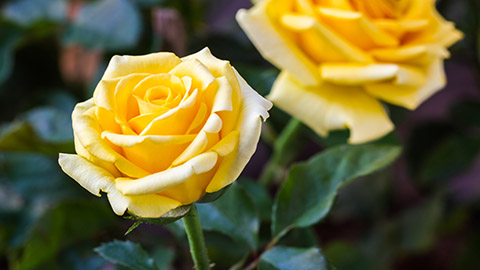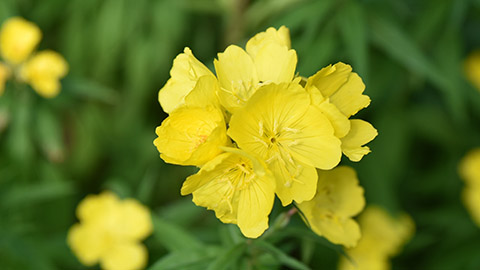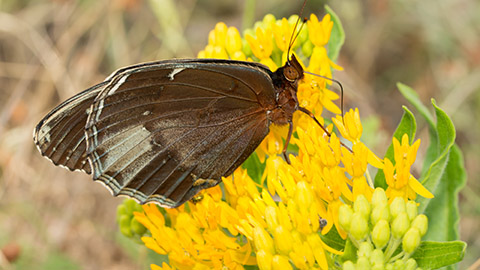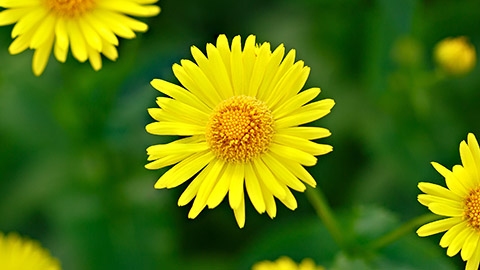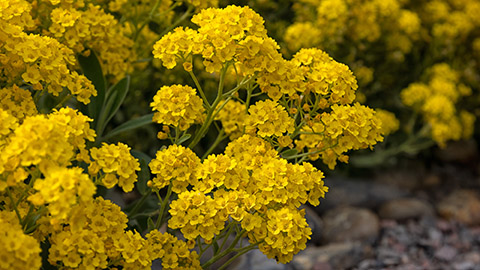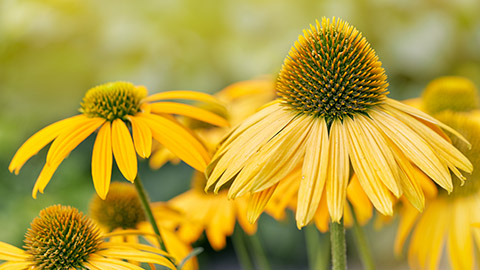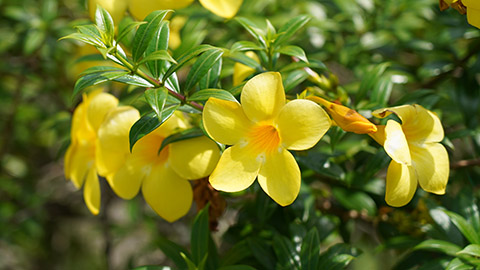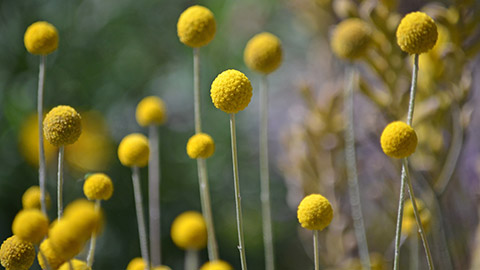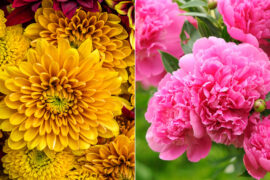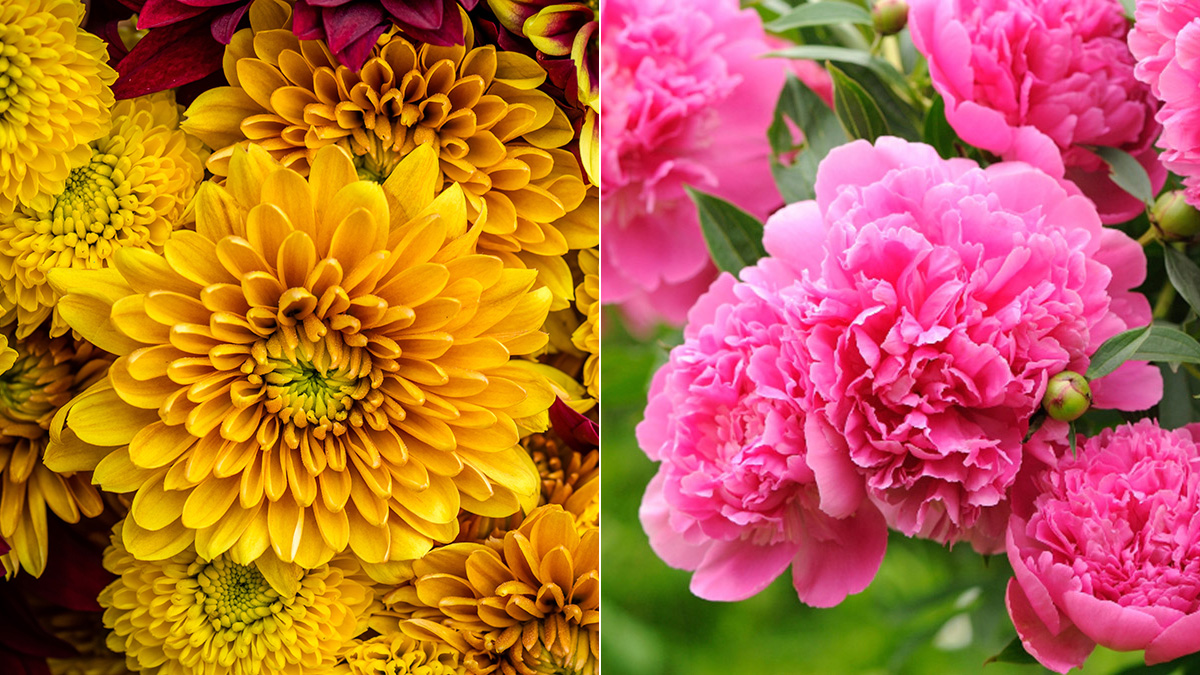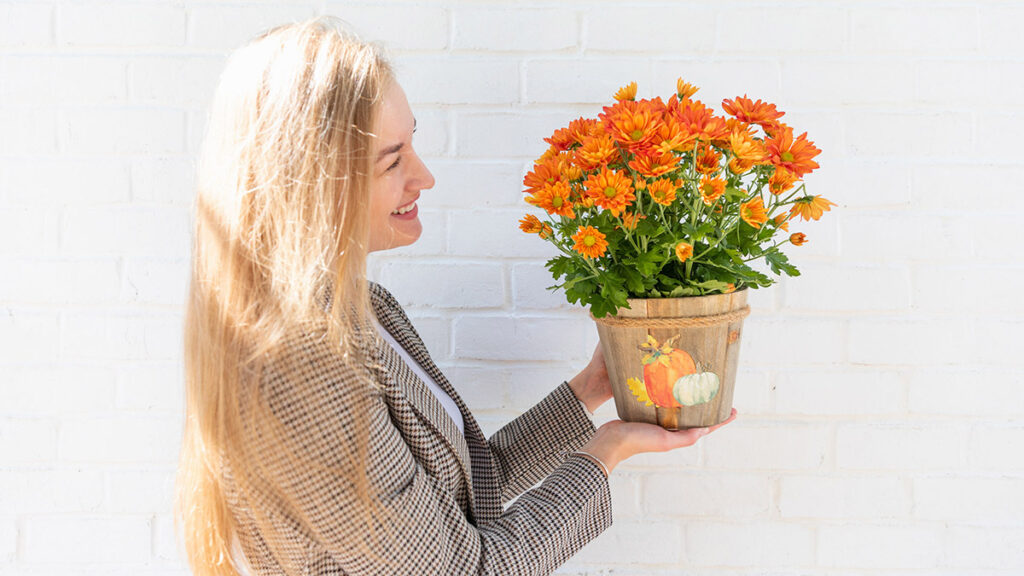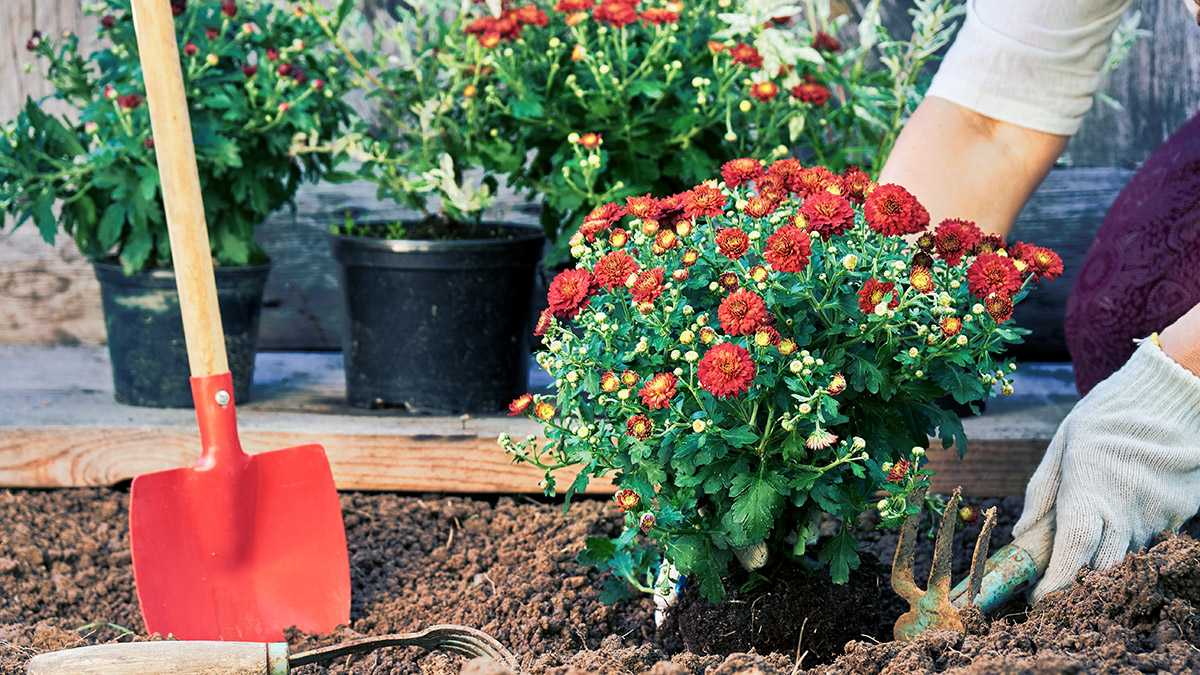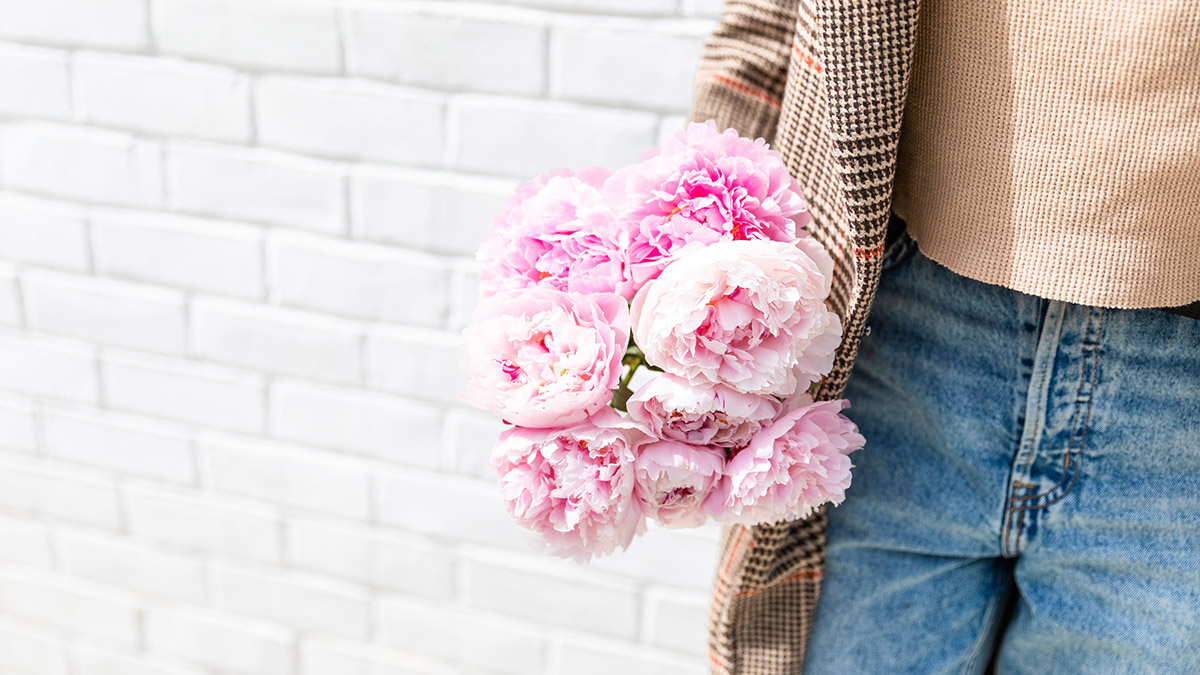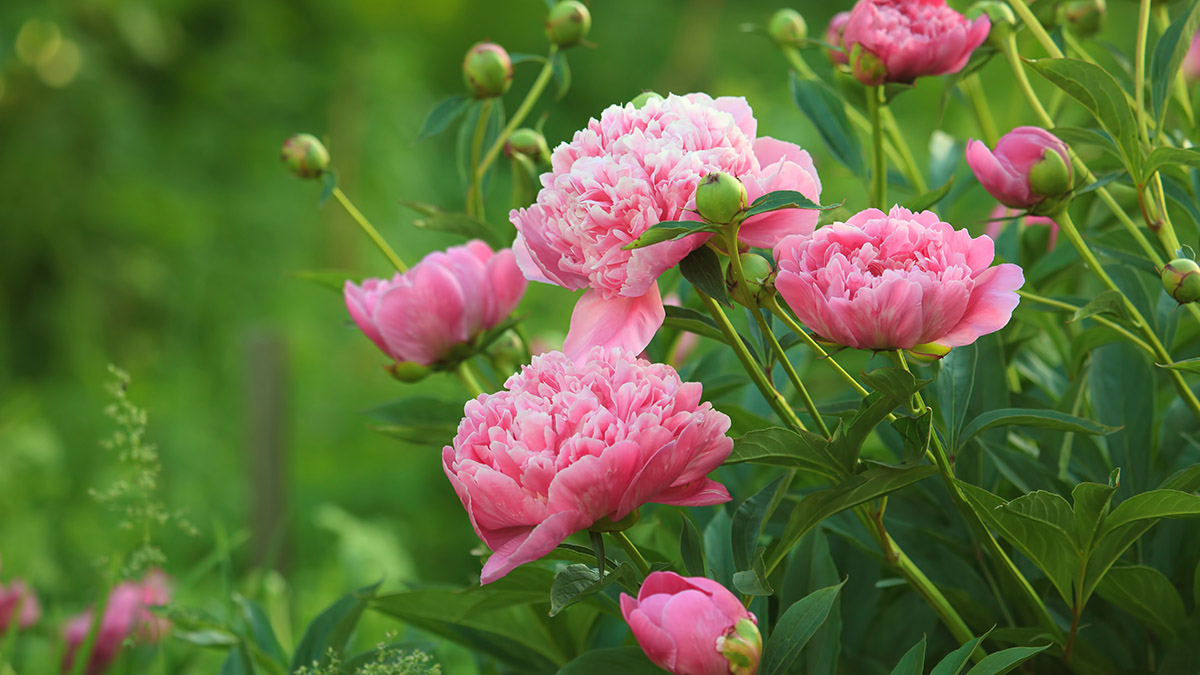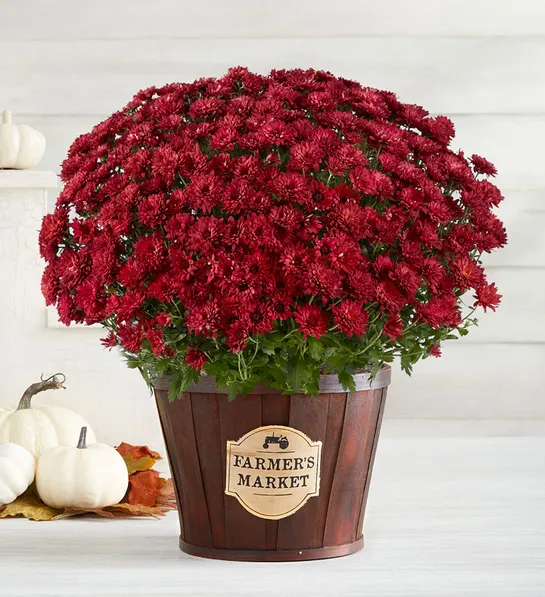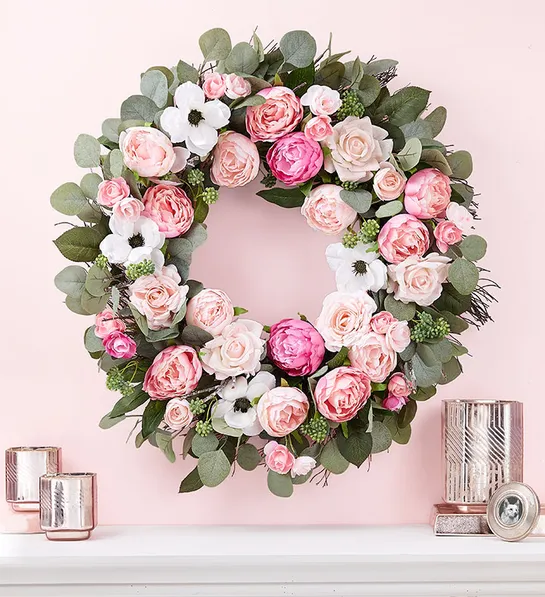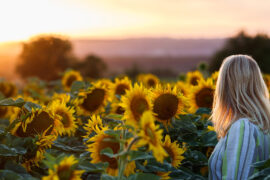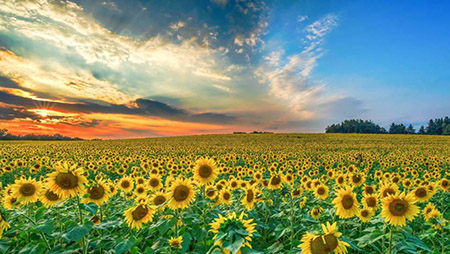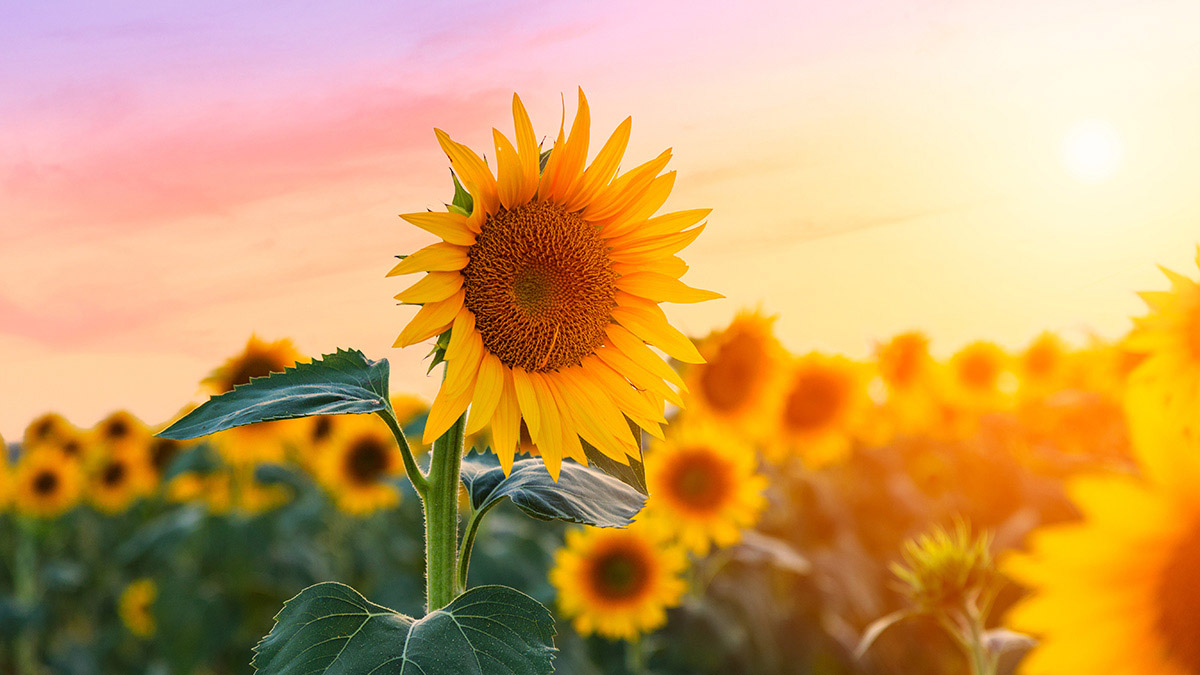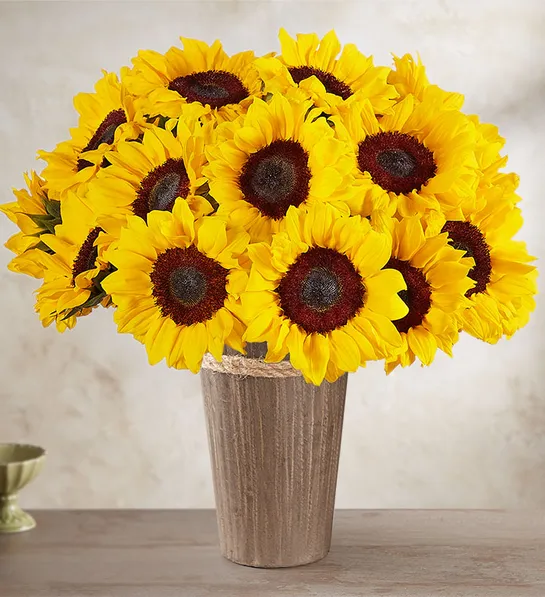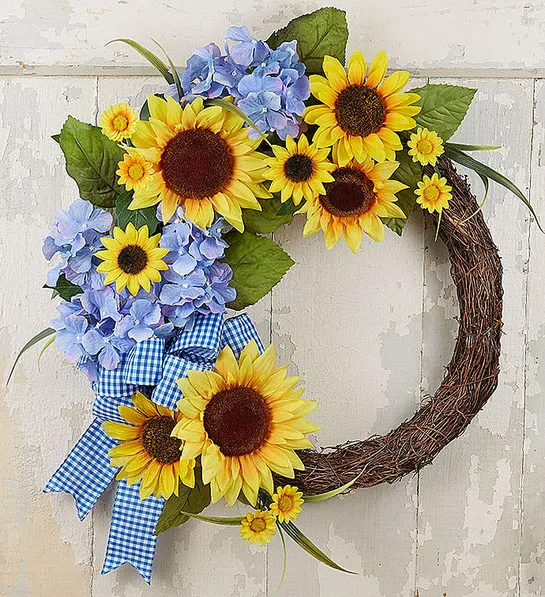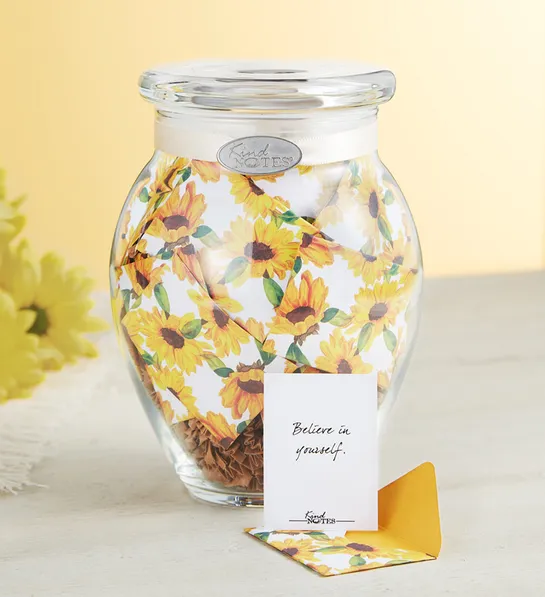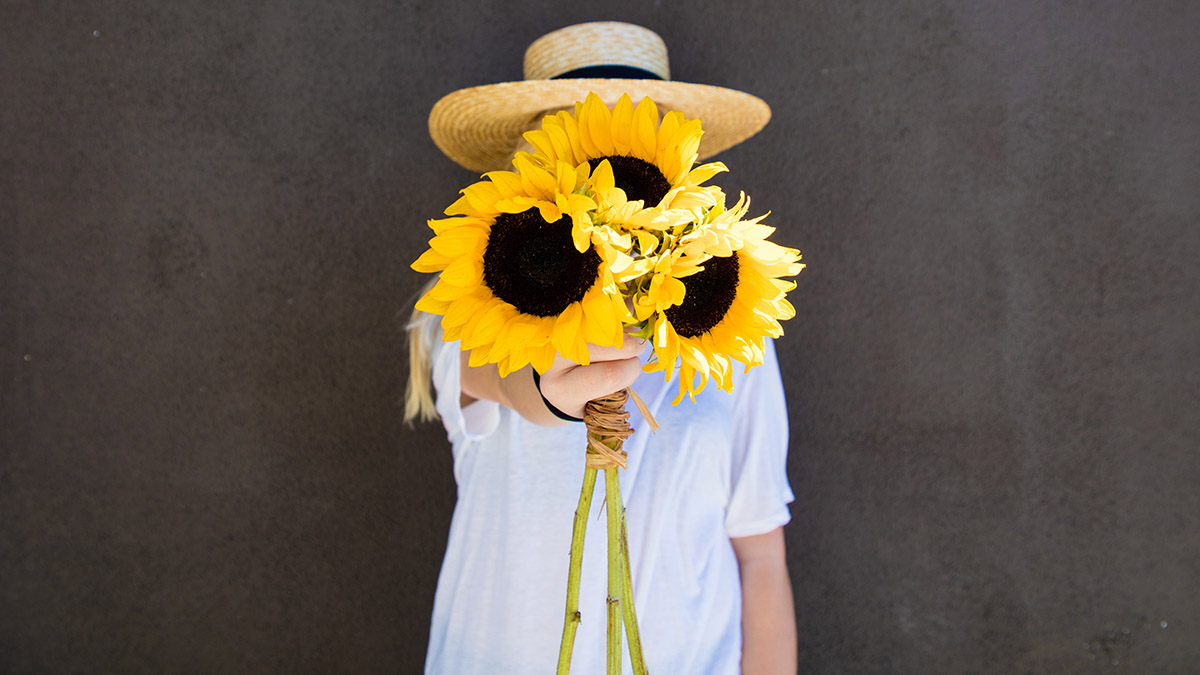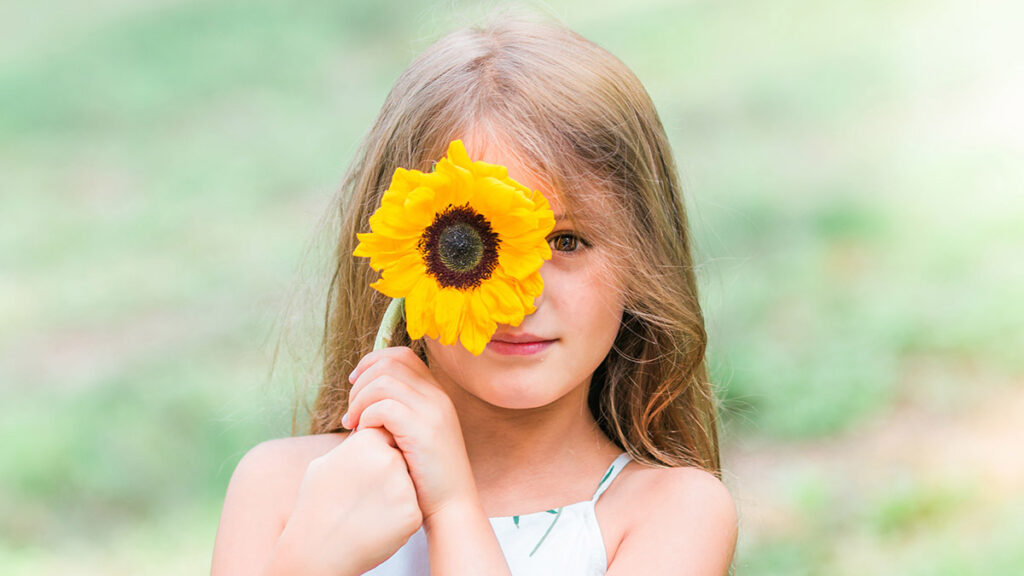Few gifts can compare to the beauty of a dozen roses, tied with gorgeous ribbon, sent to the one you love. After all, ever since the 19th century, couples have sent bouquets as a clear message of love.
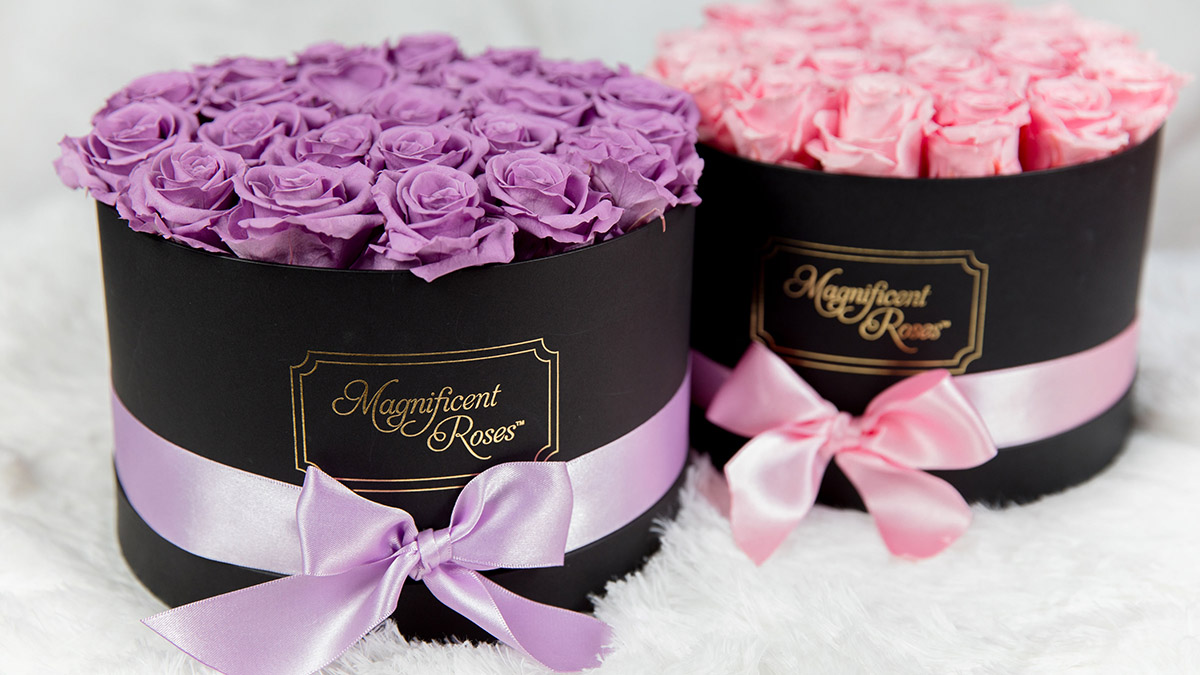
But preserved roses, otherwise known as Magnificent Roses, or “Mag Roses” for short, may just be the elevated gift that rose lovers have been looking for all these years.
In fact, it’s hard not to be impressed by the meticulous process it takes to produce these magical blooms. And, while cut roses last for about one week, preserved roses, which are a form of dried roses, can last for a year — or more.
“Florists want to deliver roses to recipients that are open but not too open,” says Danielle Gallagher, senior director of product development at 1-800-Flowers.com. “Preserved roses, on the other hand, arrive all the way open. They’re in the most beautiful state, and then they’re preserved. You’re getting this glorious specimen of a rose.”
Production line
Creating these long-lasting roses is a multi-step process that begins when expert artisans in Colombia and Ecuador harvest the roses at their ideal point of beauty.
Next, these freshly harvested roses undergo a complex and precise proprietary preservation process. To start, Gallagher explains, they’re placed in a mixture made from glycerin and other plant elements. That liquid gradually rises through the trunk of the rose until it completely substitutes the sap. Within a few days, the rose is preserved and will last for months.
“These roses are the best gift. They’re pruned to perfection and picked at their premium.”
Danielle Gallagher, senior director of product development, 1-800-Flowers.com
Then, while on the production line, the roses are closely inspected for any flaws. Finally, they are placed in decorative round hat boxes or Lucite containers, which come in one-, two-, or three-dozen sizes.
“The people on the production line hand-check every single stem and place them in these gorgeous hat boxes with precision,” Gallagher says. “They use tweezers to put them in there; the amount of care and attention they put into making these is incredible. They take a lot of pride in their craft.”
In addition to boxes and containers, a traditional glass cloche can also house preserved roses — or a single one, to be exact. This presentation features petals on the bottom of the case and arrives in a decorative black gift box with coordinating red ribbon and gold logo for the ultimate romantic gift.
Preserved roses gift ideas
Tips for taking care of your preserved roses
To the delight of anyone receiving preserved roses as a gift, taking care of them is super simple and requires very little effort. Handle them with care and avoid exposing them to direct sunlight, humidity, and water. And don’t worry if yours lack a fragrance: While some preserved roses do have a scent, the ones 1-800-Flowers.com sells are odorless.
“Just keep your pets away from them and be sure not to place them in the front of a window in your home,” Gallagher adds. “And keep them in a cool spot.”
Best of all, there’s hardly any maintenance required — no changing out the water, or pruning or trimming dried leaves. If they get dusty, Gallagher advises simply removing the dust with an air sprayer or a hair dryer, or dusting the petals with a soft cloth.
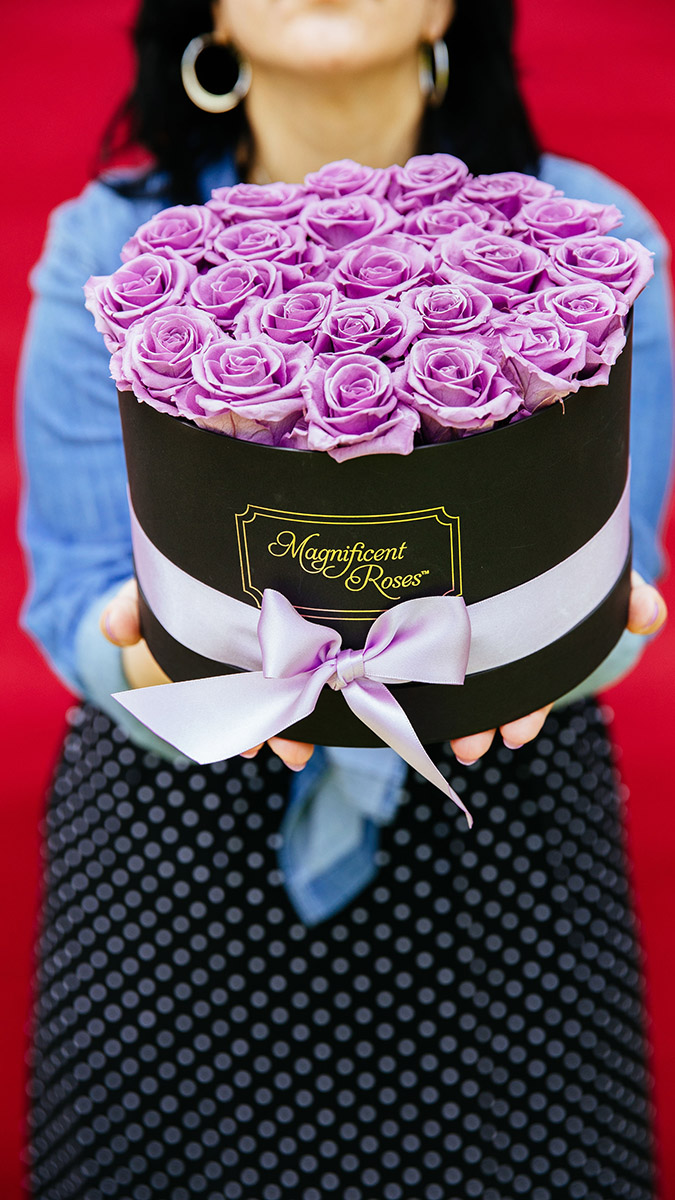
An extra special touch
For Gallagher, what makes the Magnificent Roses such a delightful and romantic gift is the quality of each and every rose in the order. The fact that they’re picked at the moment of perfection and they’re alive makes them even more unique than dried flowers.
“Even with the preserving process, these are a living piece,” she says. “That’s what I find so incredible about these gorgeous roses.”
In addition, Mag Roses are available in many colors, including red (a top performer), pink, lavender, blue, black, and even kaleidoscope, which comes with every petal died a different color.
“These roses are the best gift,” Gallagher says. “They’re pruned to perfection and picked at their premium.”
After all, it’s that care and attention to detail that can take an everyday gift and make it special and unforgettable. And a symbolic gift of roses — in any form — will let the person receiving it know how magnificent they are.
